Brauerei Lieberth
Anyone who has roamed the countryside around Bamberg to visit breweries must have noticed the large concentration of particularly good breweries in and around Gemeinde Hallerndorf.
The area is a regular part of our round of visits when we stay at Bamberg. Some of our absolute favourite breweries in the world are located here, and one of them is Brauerei Lieberth in Hallerndorf. A classically modest brewery with a few opening days in the winter period (Fridays) and an intense summer period in their charming dorfkeller.
My wife and I have been visiting the brewery for years, most often on Good Friday, which is the Gasthof's busiest day. After lunch, we have sometimes had the pleasure of talking a little with the brewer, Christian Volksmuth, about the brewery, brewing history, life and the captivating area of Hallerndorf. This year we finally decided to sit down and have a longer conversation about this gem, Brauerei Lieberth, which for us so clearly represents classic brewing tradition in Franconia. These are my take aways from the interview. I hope you find it as interesting as I do.
Early Beginnings and Historical Roots
As Christians family name suggests the story of Brauerei Lieberth Hallerndorf began much earlier. In 1679, Prince Bishop Johann Philipp von Dernbach granted Johann Georg Schöner, a butcher and farmer, the right to brew beer in Hallerndorf. This marked the brewery's inception. In 1719 one of Schöner's four daughters, Anna Katharina, married Caspar Lieberth, a baker and innkeeper's son from Schlammersdorf. Since then, the brewery has operated under the Lieberth name.
In 1787, Johann Michael Lieberth built a sandstone cellar in Hallerndorf for lagering and storage, which today serves as the Lieberth Dorfkeller. A decade later, in 1797, his son Friedrich Lieberth created another rock cellar for beer storage at Kreuzberg under the Kreuzbergkirche. This cellar, like the Dorfkeller, now serves as the Lieberth Kreuzberg Keller.
Christian Volkmuth’s Journey and Apprenticeship
Christian Volkmuth's journey began in 1985, starting his apprenticeship under his father's guidance. Reflecting on those early days, he states, "I was here with my father for a year in 1984 or 1985. Then, I trained in Waltershausen with Werner Lang." His formal training concluded in 1987, followed by a stint in the Bundeswehr (German Federal Defense). By 1992, he had completed his master brewer certification in Kulmbach under the tuition of Hans Schmidt. Since then, Christian has been dedicated to honing his craft at Brauerei Lieberth, bringing nearly four decades of experience to his role.
Christian Volkmuth - Brewer and owner
Daily Operations and The Brewing Process
Running a brewery is no small feat, and Christian's day is characterized by its diversity and hands-on approach. "I am always near the equipment, ensuring everything runs smoothly," he explains. Automation has its limits, and his commitment to being physically present ensures any issues are promptly addressed. "I am not one to let the automation run and leave. If any part of the system fails, it must be corrected on-site."
The brewing schedule at Brauerei Lieberth varies with the seasons. "In the summer, we brew more due to increased beer consumption at our Keller. However, I’ve reduced the brewing frequency a bit to avoid overburdening myself," he notes. This flexibility allows the brewery to adapt to the demands of each season.
The brewing process at Brauerei Lieberth is both traditional and rigorous. Starting as early as 6:00 AM, a typical brew day involves several hours of careful monitoring and cleaning. "If I start early and have pre-crushed the malt, it takes about 6 to 7 hours, depending on the season," Christian says (edt. his brewing day is longer during summer because chilling water and air temperature are higher, hence longer wort chilling time).
Brauerei Lieberth sources its malt from Bamberger Malting Company. "The quality of the malt has been consistent over the years," he adds. Their signature Kellerbier features a grist composed primarily of Pilsener malt, complemented by a modest proportion of Vienna malt, which can fluctuate based on the Pilsener malt's colour variation. For its distinct aroma, the brewery relies on Franconian Spalt Select hops, while Perle hops are utilized for bitterness. "All our hops are from Franconia", Christian emphasized, underscoring the brewery’s dedication to regional ingredients.
Do you incorporate decoction mashing in your brewing process?
"The mash undergoes a single decoction. Normally a third of the mash. It makes sense temperature wise. If you take too much, then it becomes too hot. "
Water quality is another essential factor which is not a constant in Hallerndorf. "Our water has become harder over the years, moving from 12 to 16 degrees hardness," he notes. This change in water composition requires careful adjustments to maintain the desired beer profile.
While modern brewing technologies offer numerous advantages, Christian Volkmuth maintains a balance between automation and manual oversight. "Automation helps, but it cannot replace the brewer's presence", he asserts. Early in his career, Christian experimented with early automated systems, but high costs and limitations led him to prefer manual oversight.
One of the unique aspects of Brauerei Lieberth is the use of a traditional Kühlschiff (coolship). "The practical reason for the Kühlschiff is that it helps in the separation of trub (sediment) and pre-cooling the wort before it goes through the plate chiller" he explains. This method is not only efficient but also adds a historical and emotional connection to the brewing process. "If we used a Whirlpool instead, we would need a completely new cooling system, which would be more complex and costly." The wort remains in the coolship for 30 minutes, reaching approximately 80°C before moving to the plate chiller. The plate chiller uses a two-stage setup: the first stage with tap water and the second with ice water. This setup contributes to seasonal variations in the beer. During summer, tap water temperatures range from 15°C to 18°C, while in winter, they drop to 7°C to 8°C. Consequently, chilling takes much longer in the summer, resulting in increased bitterness.
The coolship where the initial cooling takes place (Photo by Michael Amm)
In the summertime, ambient temperatures are higher, and as a result, the wort takes longer to cool down in the coolship. This extended chilling period means the wort is exposed to the environment, including oxygen, for a longer duration. One of the noticeable effects of this slight oxidation is the change in wort colour. The process can cause the beer to take on a slightly darker colour compared to batches brewed in cooler seasons. This is due to the formation of melanoidins and other oxidation products that influence the colour of the beer. Regulars who are in the know will notice these subtle changes but of course served in a Steinkrug makes it difficult.
Another factor that varies is the lagering time. During the summer, the beer typically lagers for 4 to 5 weeks, whereas in winter, it can extend up to 8 weeks. The higher demand for beer in during summer often necessitates shorter lagering times to keep up with consumption.
Can you taste the difference?
"Yes, I can taste the difference. Some people prefer beer that is a bit fresher, while others love it when it is longer lagered. In the past, long lagered beer was more popular, but now there are also people who enjoy a fresh beer."
The seasonal change in colour, lagering time and bitterness is a fascinating example of how traditional brewing methods and environmental factors interplay to create variations in the final product. Understanding this process highlights the intricate nature of brewing and the unique qualities that can arise from seemingly small changes in procedures.
Fermentation is done at 10°C, which is typical for the region. "We source our yeast from Weismaner Püls-Bräu," Christian shares. Buying yeast from a nearby brewery is quite common in Franconia. Fermentation is usually done in 7 days.
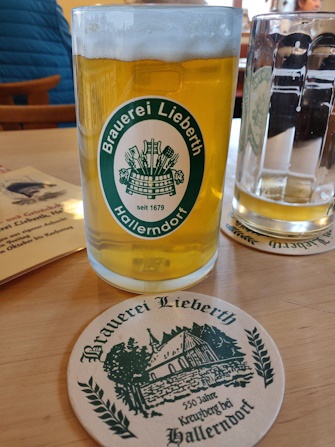
The Lieberth Kellerbier served at the Gasthaus
The Kellerbier
Previously a Märzen and Lagerbier was brewed but Christian decided to focus on his main style: Kellerbier. This dedication to a single, traditional style in a time where breweries often chase the latest trends is a testament to Christian's passion for authenticity and quality.
Pouring a cloudy, unfiltered deep golden, Brauerei Lieberth’s Kellerbier captures the essence of a classic Franconian beer. The slight cloudiness is a visual promise of the full-bodied, unpasteurized experience that awaits.
On the nose, the Kellerbier offers a delicate bouquet of fresh bread crust, floral and slightly fruity hops There's a distinct freshness, underscored by a mild fresh cut grass that invites the first sip.
The first taste reveals a wonderfully balanced profile. The malt backbone delivers flavours of fresh bread, biscuit, meadow and floral hops. This is complemented by a gentle, yet persistent, hop bitterness that adds depth without overpowering the palate. The unfiltered nature of the beer contributes to a richer mouthfeel, leaving a pleasant, lingering bitter finish that is both refreshing and satisfying.
Brauerei Lieberth's Kellerbier stands out as a masterclass in traditional brewing. Its commitment to authenticity shines through in every sip, making it a must-try for both seasoned beer enthusiasts and newcomers alike. 4.8
Community and Legacy
Brauerei Lieberth is deeply rooted in the local community. Christian emphasizes the importance of maintaining this connection, even as the industry evolves. The brewery also serves as a social hub for the local community. "Our Keller is open in summer, and people come not just for the beer but for the atmosphere," he says. The sense of community is evident in the way locals gather at the brewery and I for one have enjoyed many Karfreitag sessions drinking the excellent Kellerbier.
Despite the brewery's success, challenges are ever-present. The decision to close their Gasthaus in the summer reflects a desire for balance. "We need our peace in the summer time," Christian admits. Staffing is another issue, with the reliance on part-time workers leading to logistical complexities, especially in the busy summer months.
However, Christian remains realistic about the future. With a potential successor still studying, the continuity of the brewery's legacy is uncertain. "It's not easy to find someone who fits and is willing to take over," he reflects. "You need passion or you need to grow into it so that you feel like you can’t do anything else." The passion for brewing and the community's support will be essential in ensuring Brauerei Lieberth's traditions continue.
The beautiful Gasthaus Lieberth in Hallerndorf
A Meeting Point for Social Dining
One of the key aspects of Brauerei Lieberth is its gasthaus, which also serves as a central meeting point for the community. These days most dining experiences are shared between yourself and the party you came with, but more and more places are reinventing "social dining". In Brauerei Lieberth it never went away. The gasthaus encourages interaction between different parties.
Different professions and social backgrounds come together?
"That’s the interesting part, and that’s why you keep finding motivation, because you meet a lot of people, always new ones, and you don’t have to make any effort; they come by themselves. You still have people you usually get along with because they are also interested in beer and everything around it. That means a lot."
Is that important for you?
"For me, yes, and for most people too. Money alone is never enough motivation to do something. Without the Gasthaus, without the contact with guests or customers, it’s not as interesting."
Would you have done it if you didn’t have a Gasthaus?
"I grew up in such a way that I couldn’t think of anything else. I have a lot of interest in different things, but I wouldn’t know what to do if I had to find a new job from one day to the next. I think I would find something if I wanted to. Somehow, you can’t imagine doing anything else, so you stay here."
Dorfkeller and Kreuzberg Keller
As mentioned earlier Lieberth also has two notable kellers, the Dorfkeller and the Keller at Kreuzberg. Each offers a distinct experience but they share the same dedication to fostering community spirit and serving the Kellerbier from Gravity. Christian Volkmuth and family run the Dorfkeller and the Kreuzberg is operated by a tenant..
The Keller at Kreuzberg is situated in a more scenic, elevated location and adjacent to the Rittmayer Keller and Brauhaus am Kreuzberg. It is small and charming and if visited by bike you will have build up quite a thirst when arriving. It got a new tenant earlier this year, Andreas Fäßler, and my reports indicate that it is well maintained.
I prefer the Dorfkeller, although larger it's still very cozy and the meat selections available is well worth a detour. At the back, the gentle flow of the river Aisch, coupled with the lush greenery, creates a serene atmosphere that I've appreciated many times. This area provides a scenic and calm backdrop where visitors can enjoy their drinks and meals in harmony with nature. The soothing sounds of the river and the picturesque views enhance the overall experience, making it a favourite spot for many.
The back of the Dorfkeller next to the river Aisch
Additionally, the Dorfkeller has become a popular destination for bike riders. The scenic routes around Hallerndorf make it an ideal spot for cyclists looking to explore the region. The many excellent breweries nearby add to the appeal, as riders can enjoy a variety of local beers and specialties. This influx of bike riders adds to the vibrant atmosphere of the Dorfkeller, making it a lively and dynamic place, especially during the warmer months.
At both kellers, you can enjoy the Kellerbier straight from the barrel, enhancing the rustic and authentic feel of the establishments. This traditional dispense method ensures that the beer retains its full character, with a richer taste, gentler carbonation and fresher quality that is often lost in more modern serving techniques.
Gravity dispense at the Dorfkeller (Photo by Ryan Mowbray)
Direct Sales and Customer Loyalty
The majority of Lieberth's beer is sold directly from the brewery itself, with Volkmuth also engaging in some home deliveries. This direct-to-customer approach helps maintain a close relationship with his clientele.
“Almost everything is sold directly from here,” Volkmuth says. “I still do a bit of home delivery. I do as much as I can.”
He enjoys the flexibility and personal touch that comes with home delivery. “There are no strict requirements for what I have to achieve. I do what I can and what I think I should do. Finding someone who is suitable and willing to help is not easy, especially when you've done it yourself for a long time,” he explains.
Customer loyalty is a key indicator of any brewery’s success. “Yes, people do come back more often”, Volkmuth confirms. “That's the best indicator of your beer quality. Every brewery has its followers. Even if someone says it's not that good, someone has to like it, otherwise, the brewery wouldn't exist.”
Christian Volkmuth’s story is one of dedication, adaptation, and a deep connection to his craft and community. Brauerei Lieberth Hallerndorf stands as a beacon of traditional brewing, where each batch of beer tells a story of meticulous craftsmanship and familial legacy. As he looks to the future, Christian remains committed to his work, ensuring that every glass of beer from Brauerei Lieberth is a testament to over a century of brewing excellence.
I find that in a world where industrial breweries dominate the market, Brauerei Lieberth Hallerndorf offers a refreshing reminder of the value of tradition, quality, and community. Christian's commitment to maintaining high standards, adapting to challenges, and preserving the brewery's legacy ensures that it will continue to be a cherished part of the Hallerndorf community for years to come. I for one look forward to many more visits.
For more pictures click the gallery below.
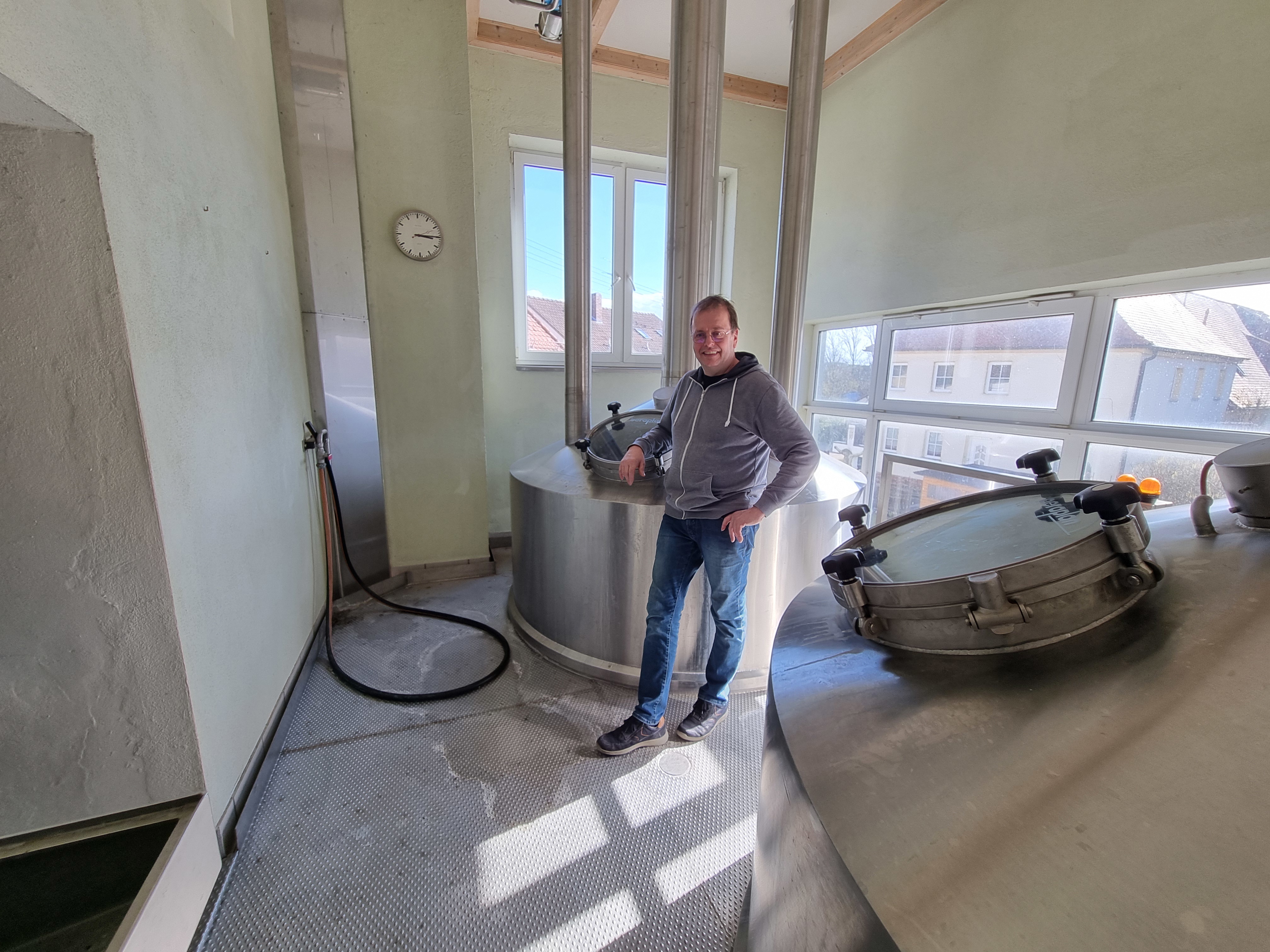
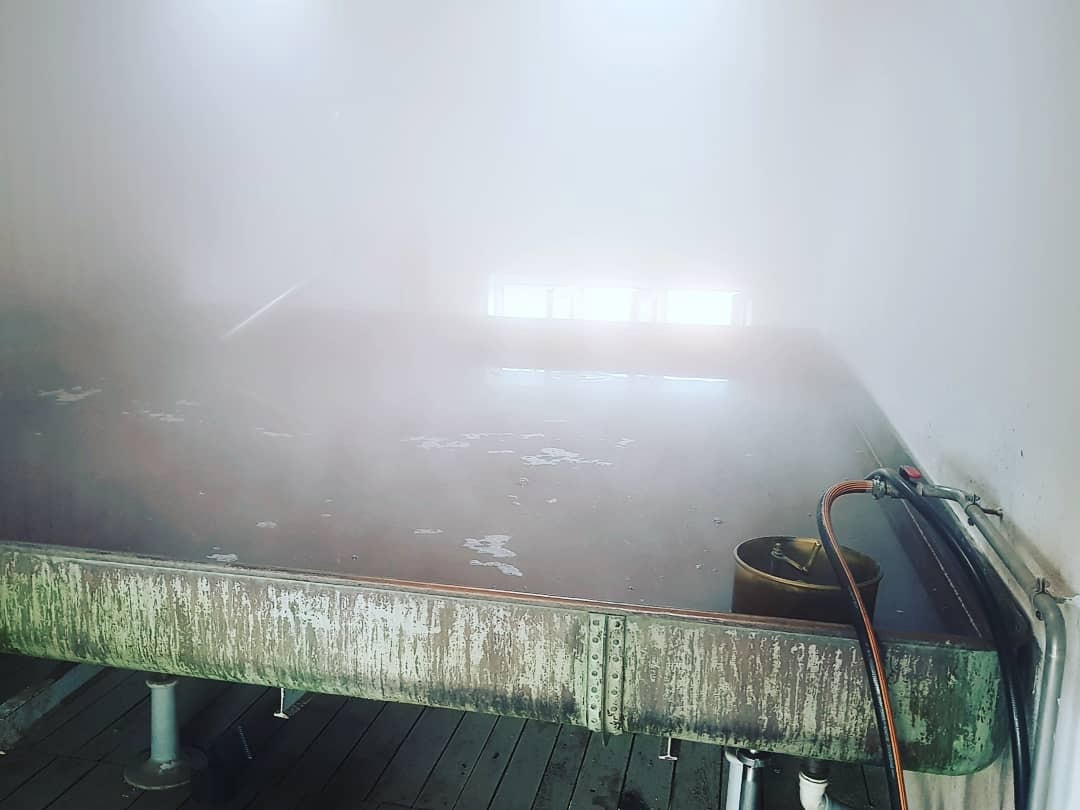
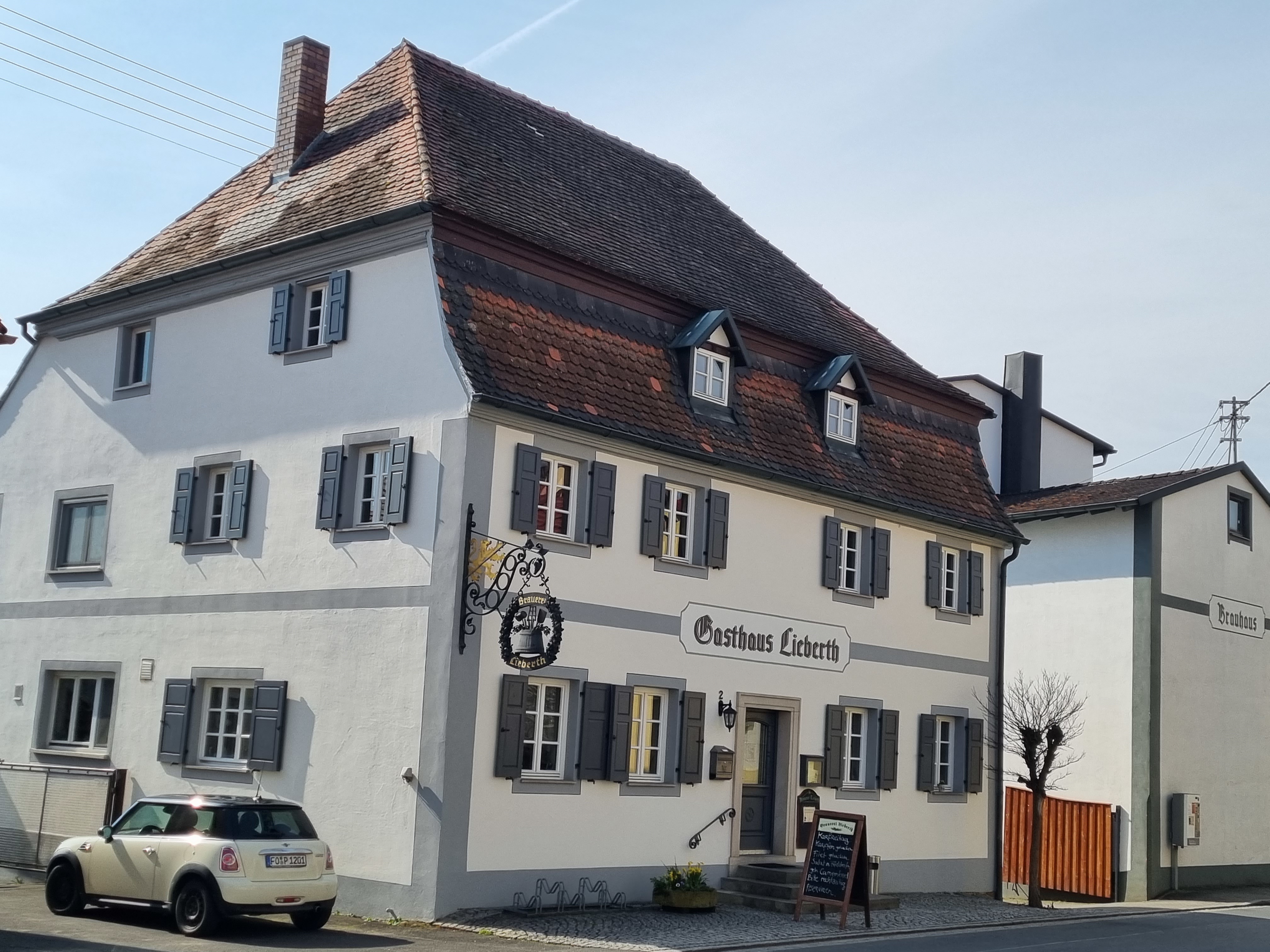
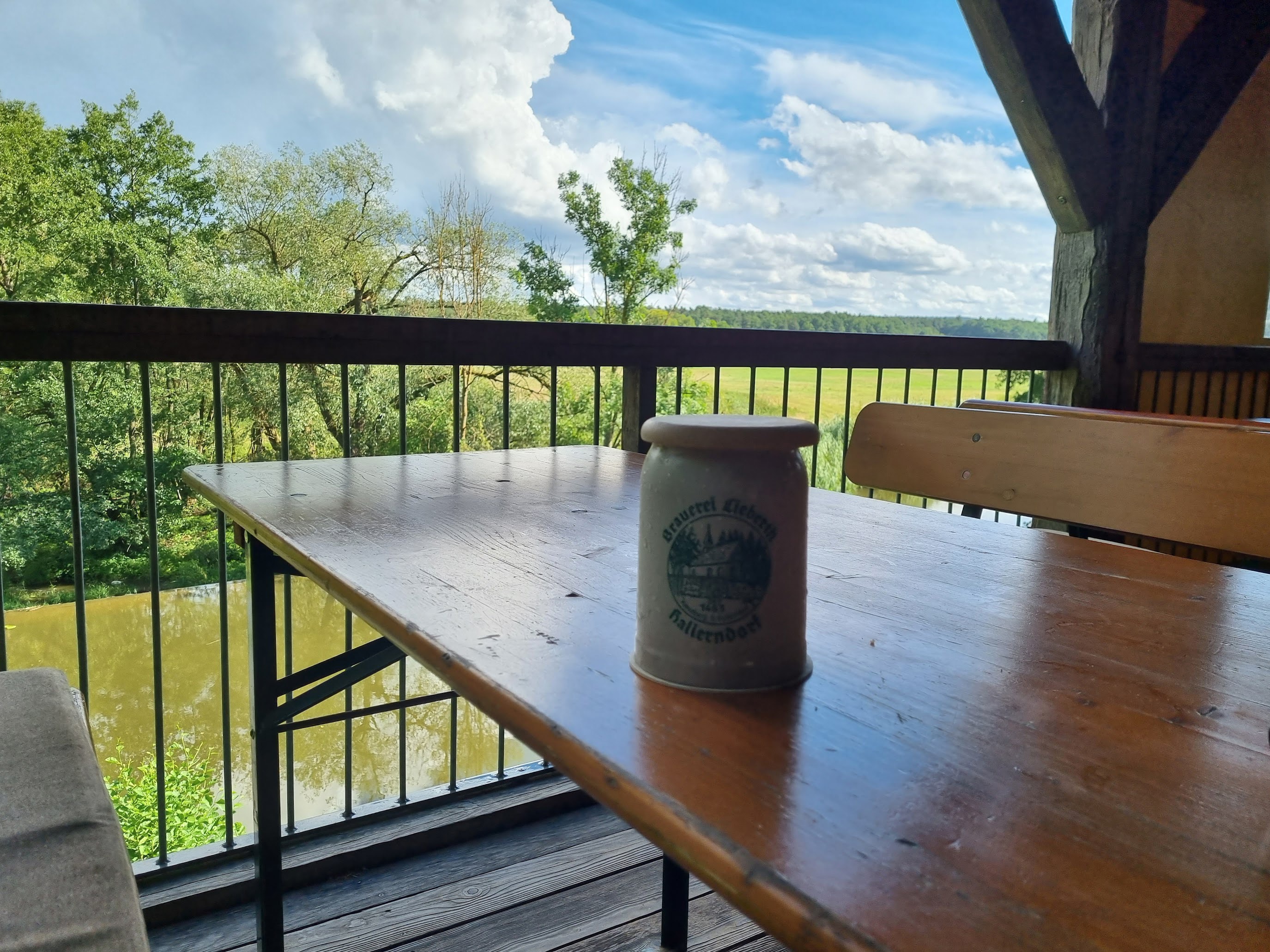
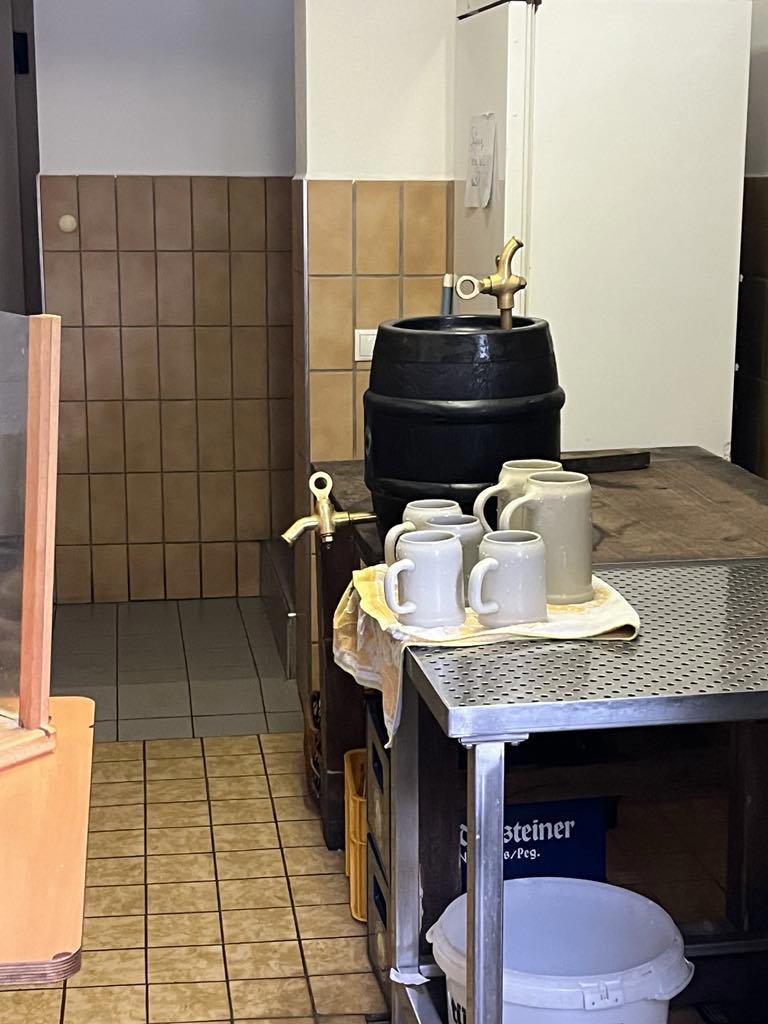
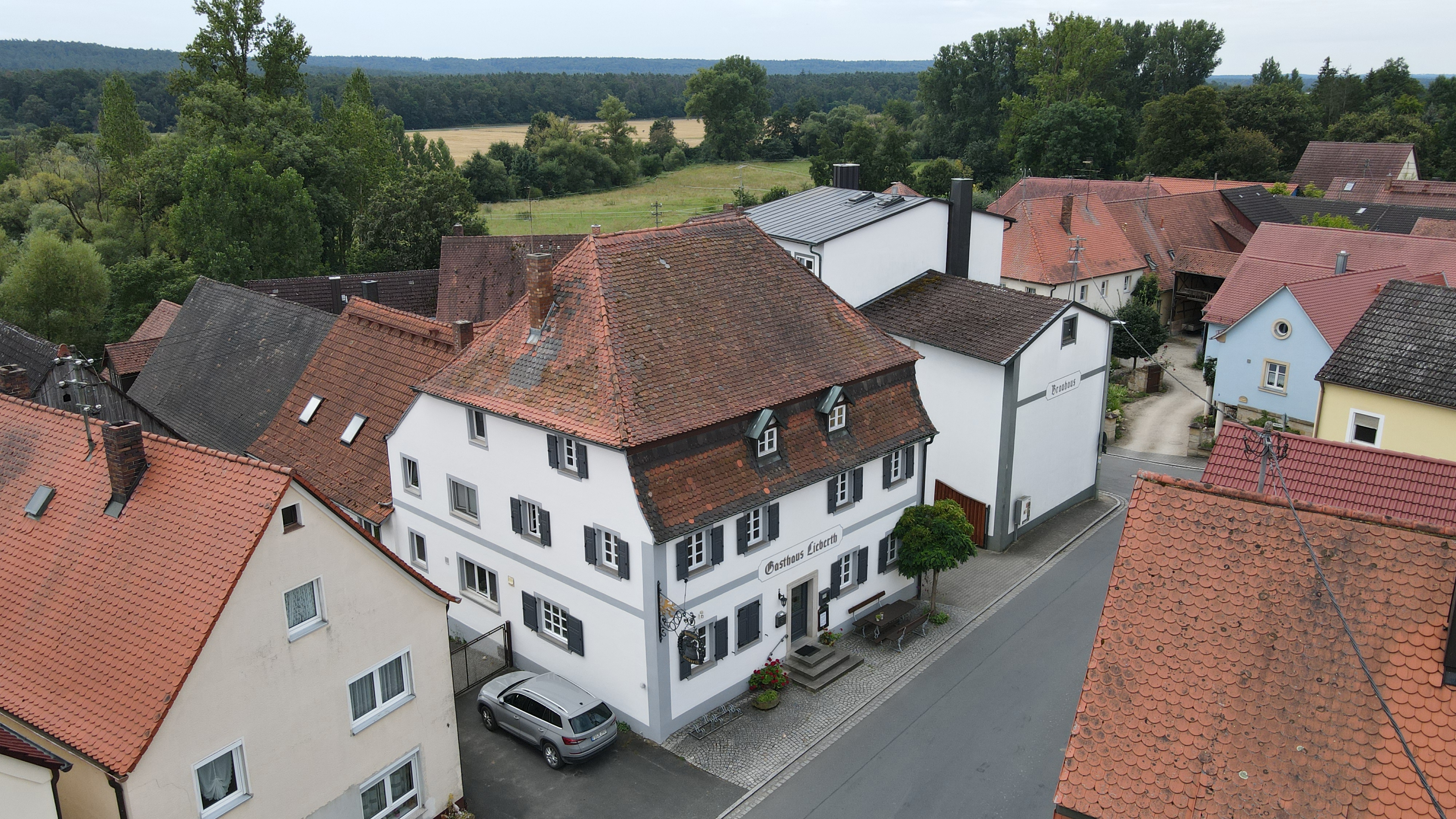
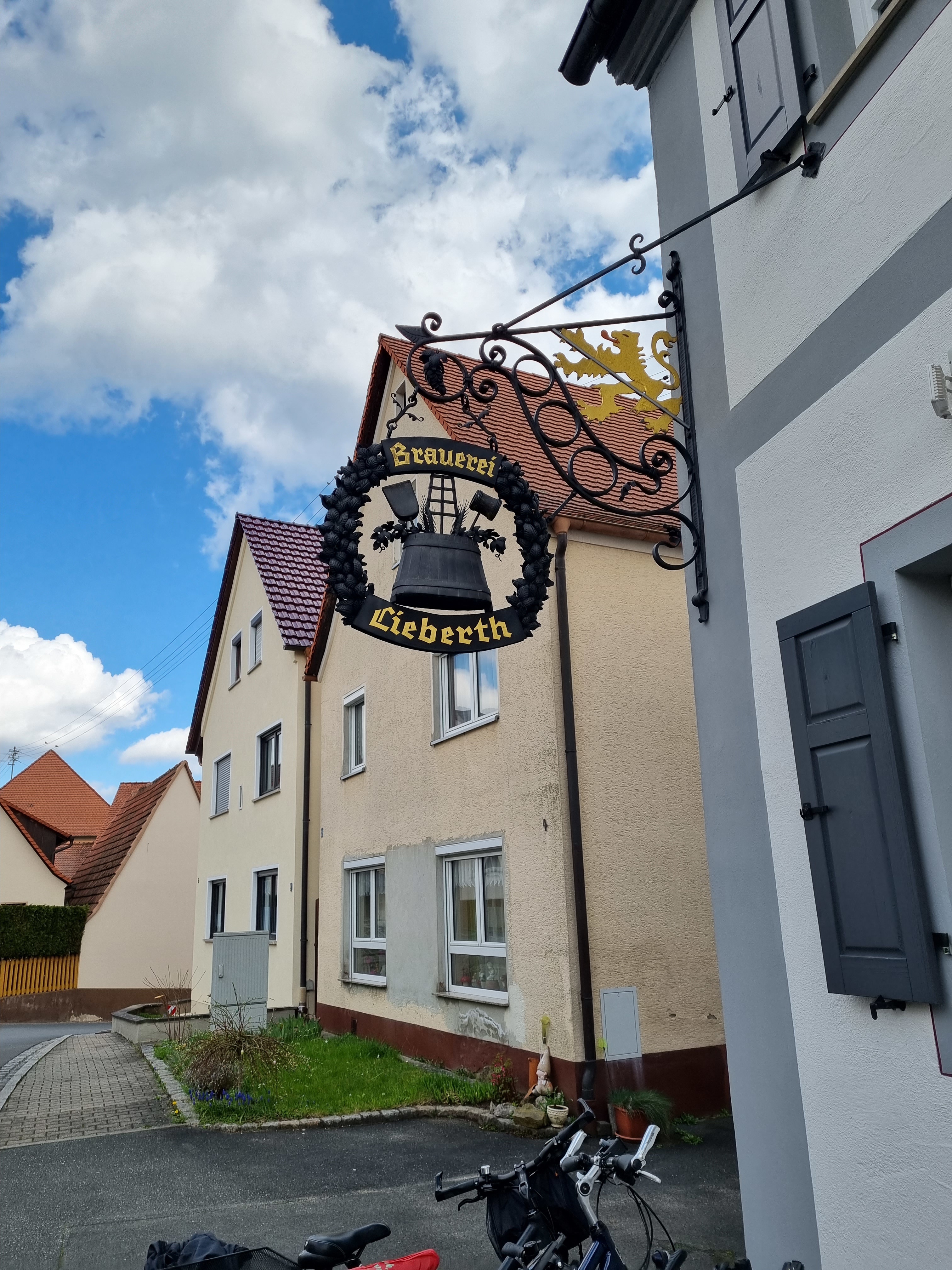
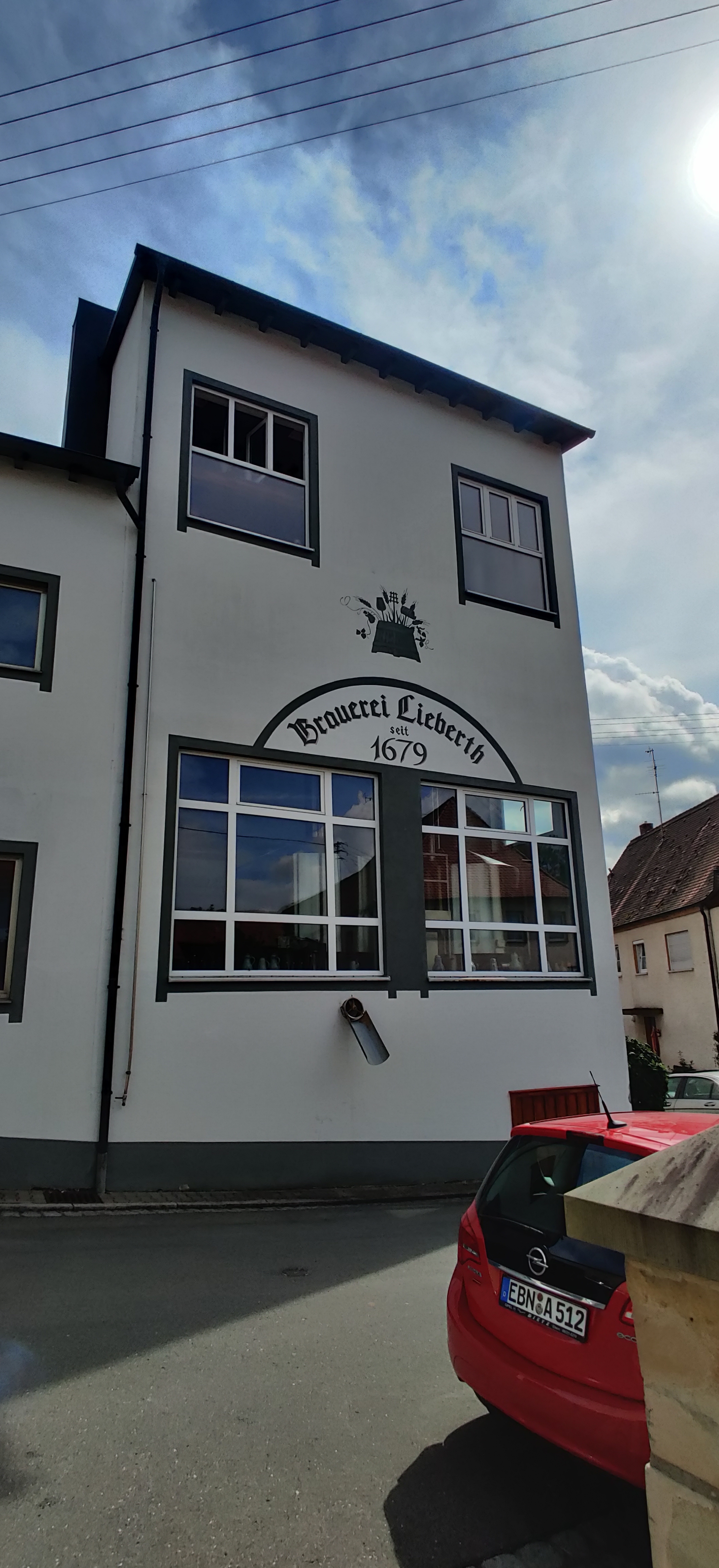


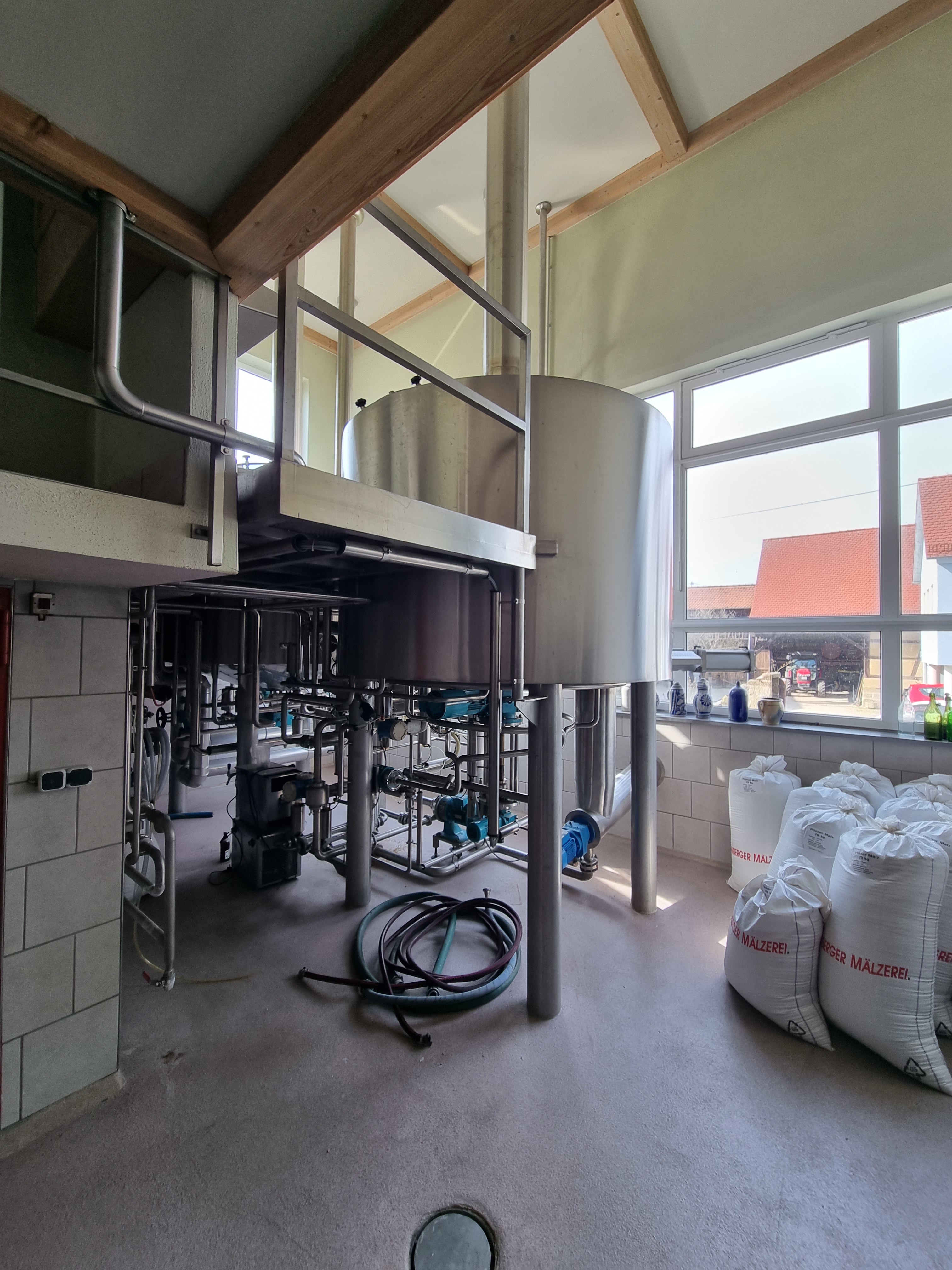
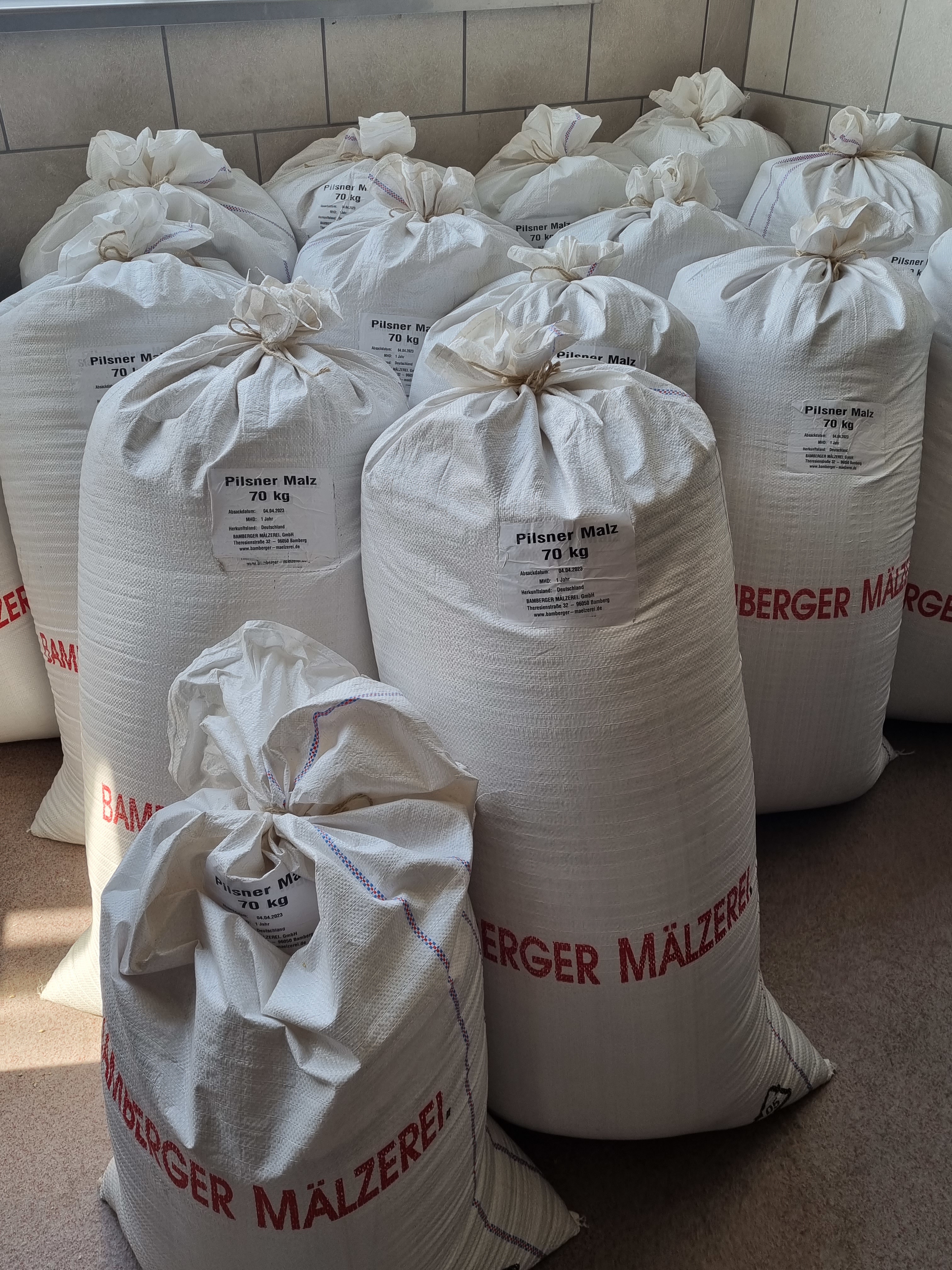
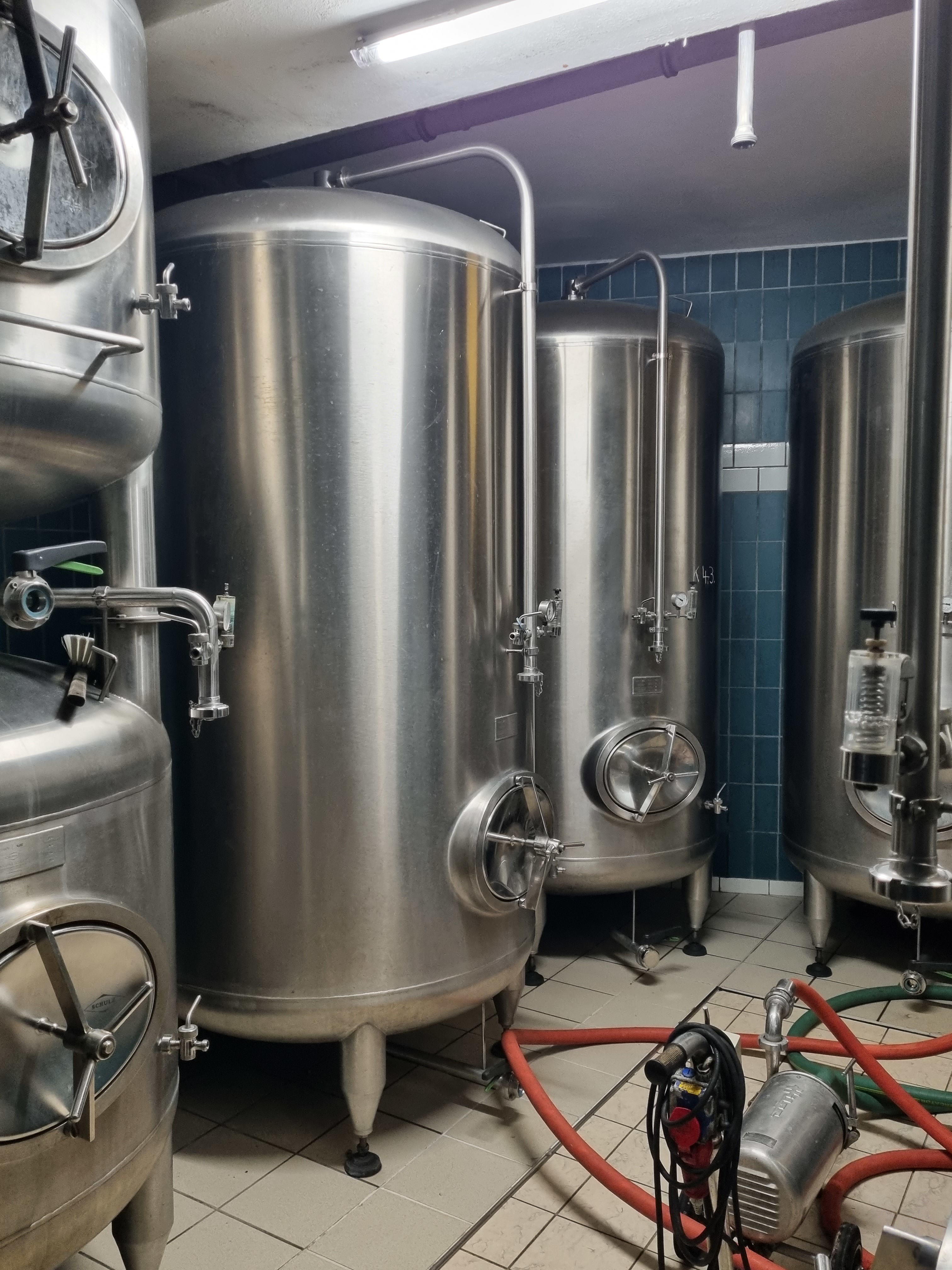
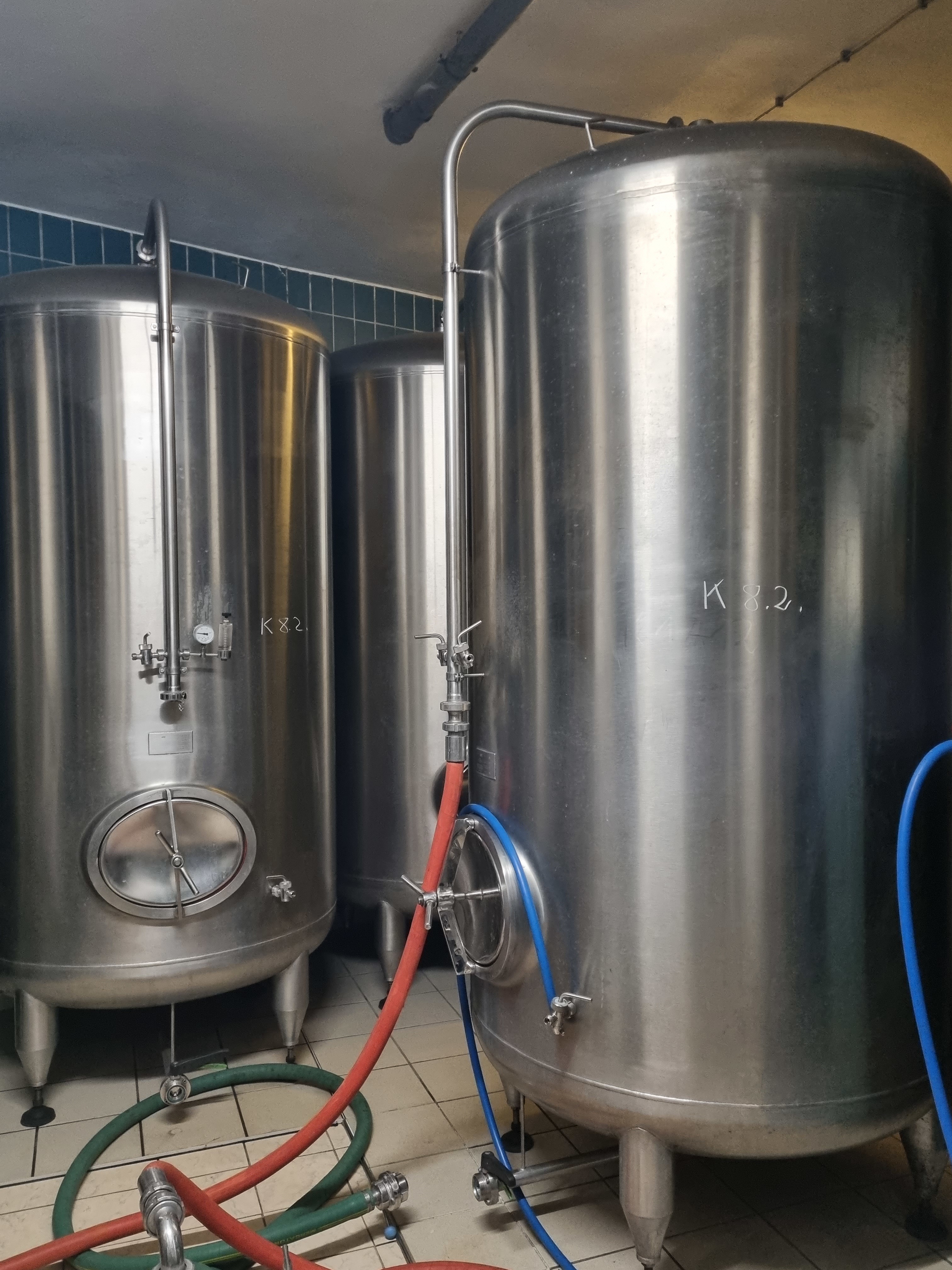
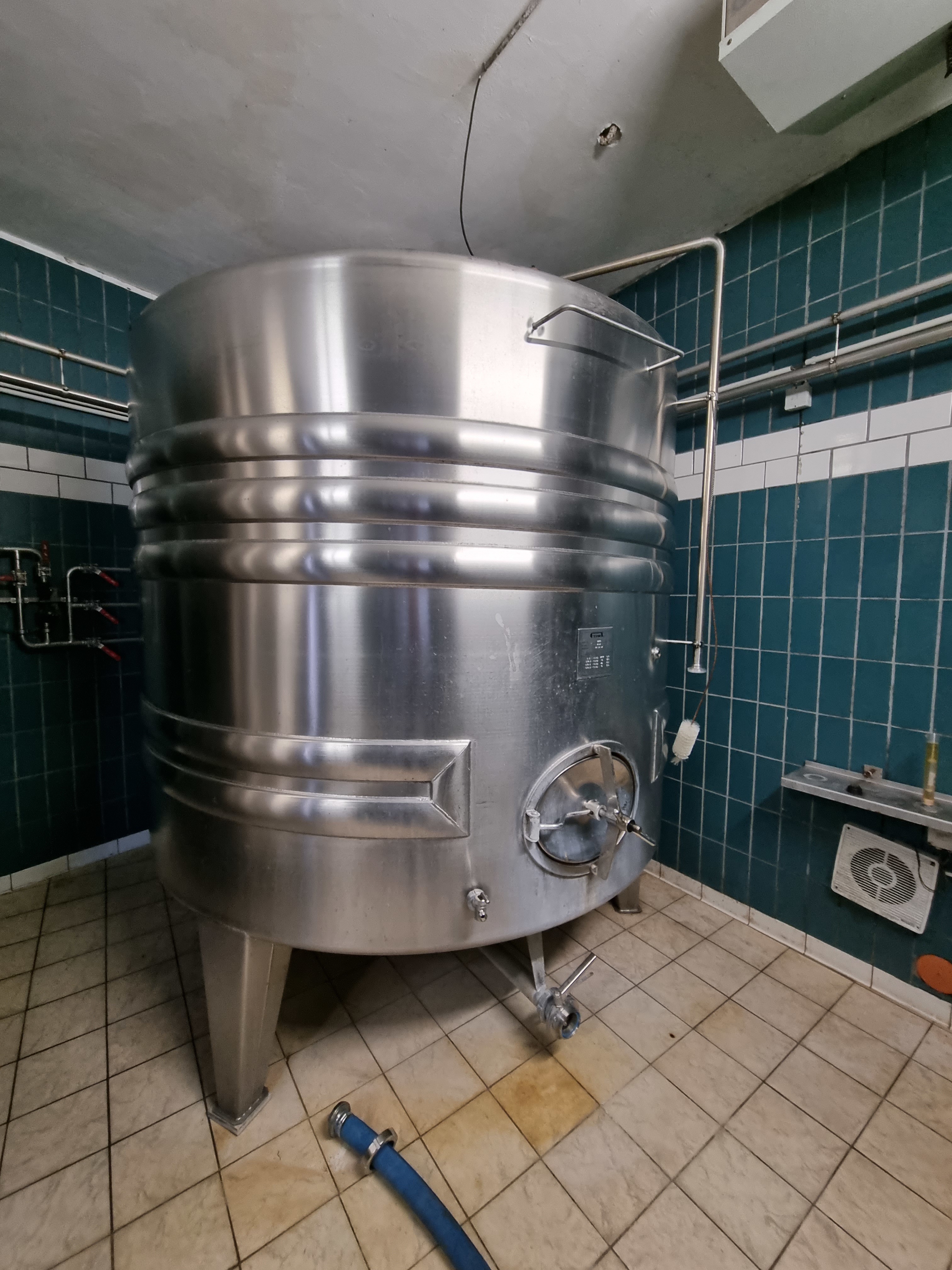
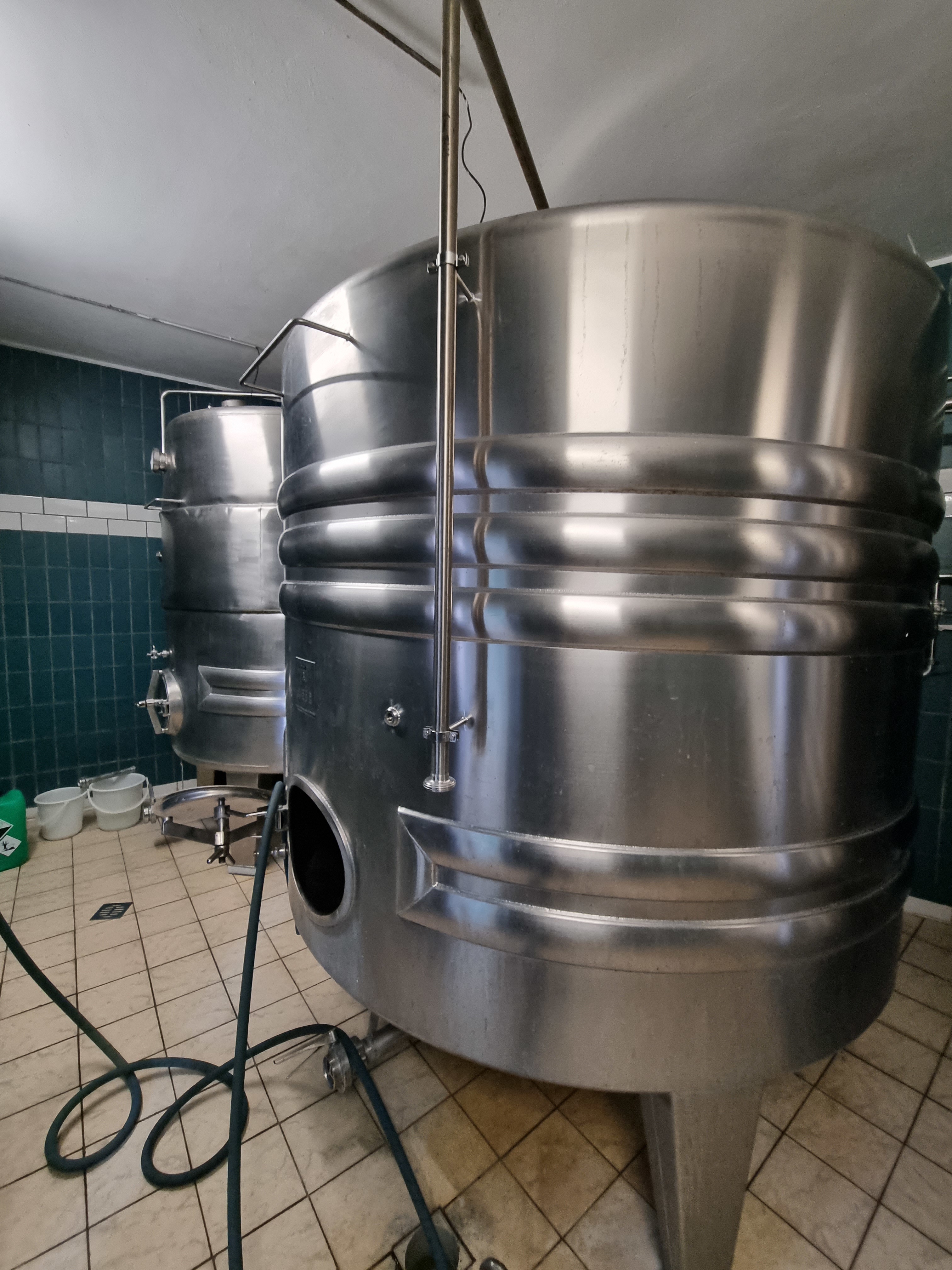
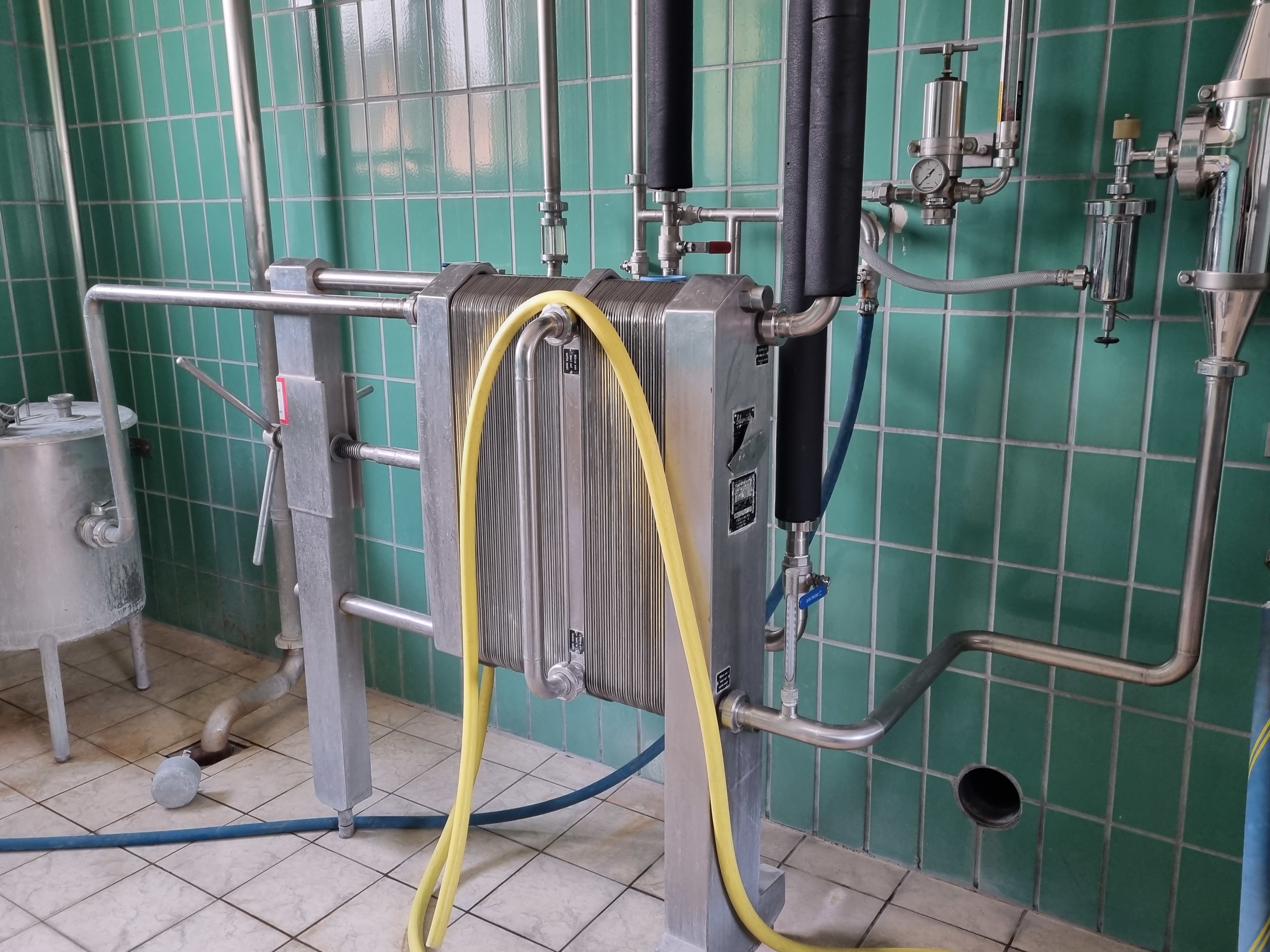
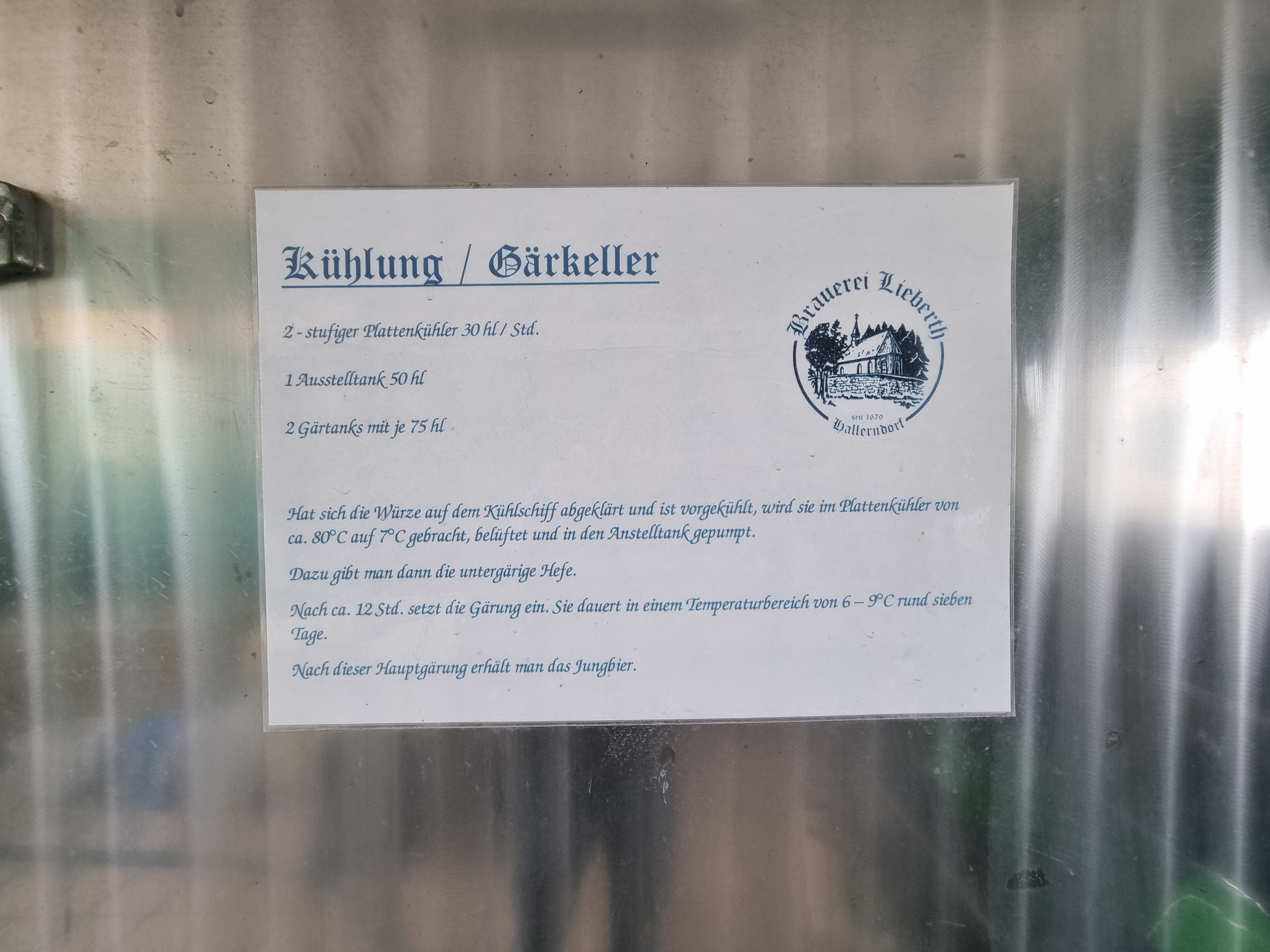
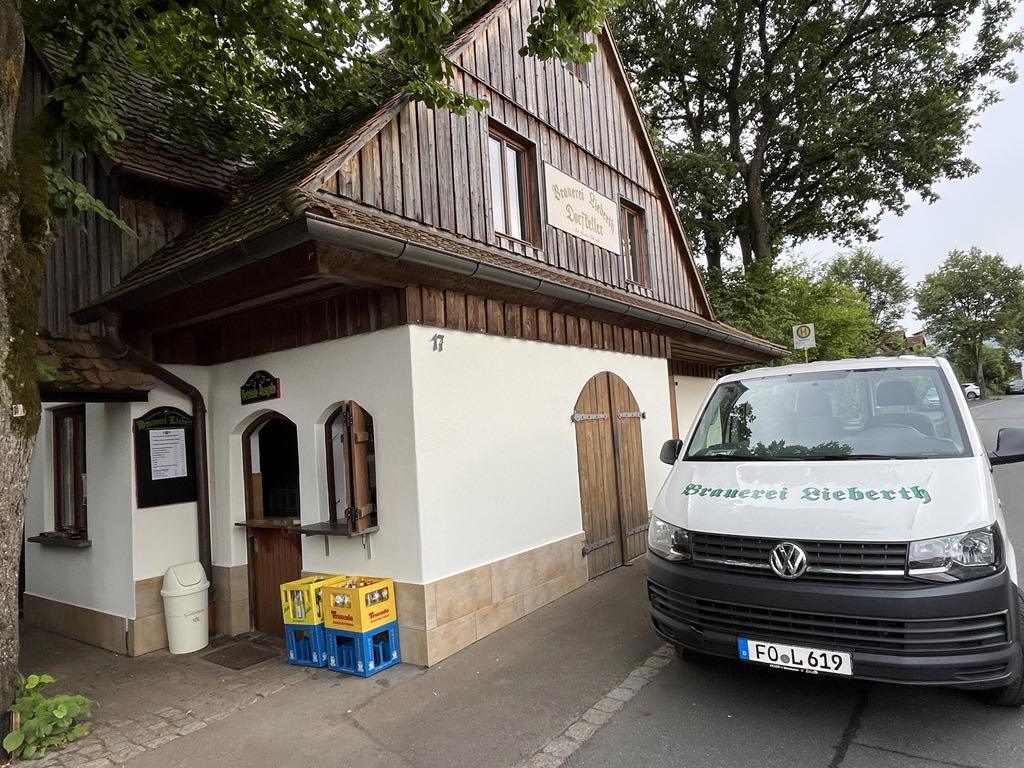
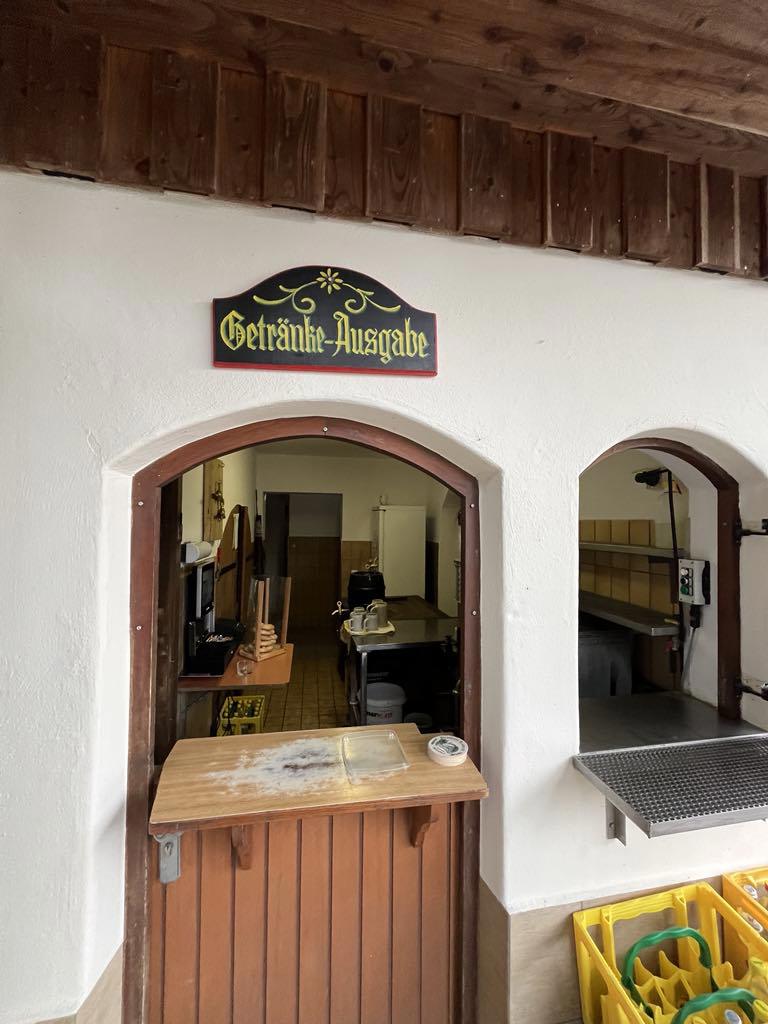
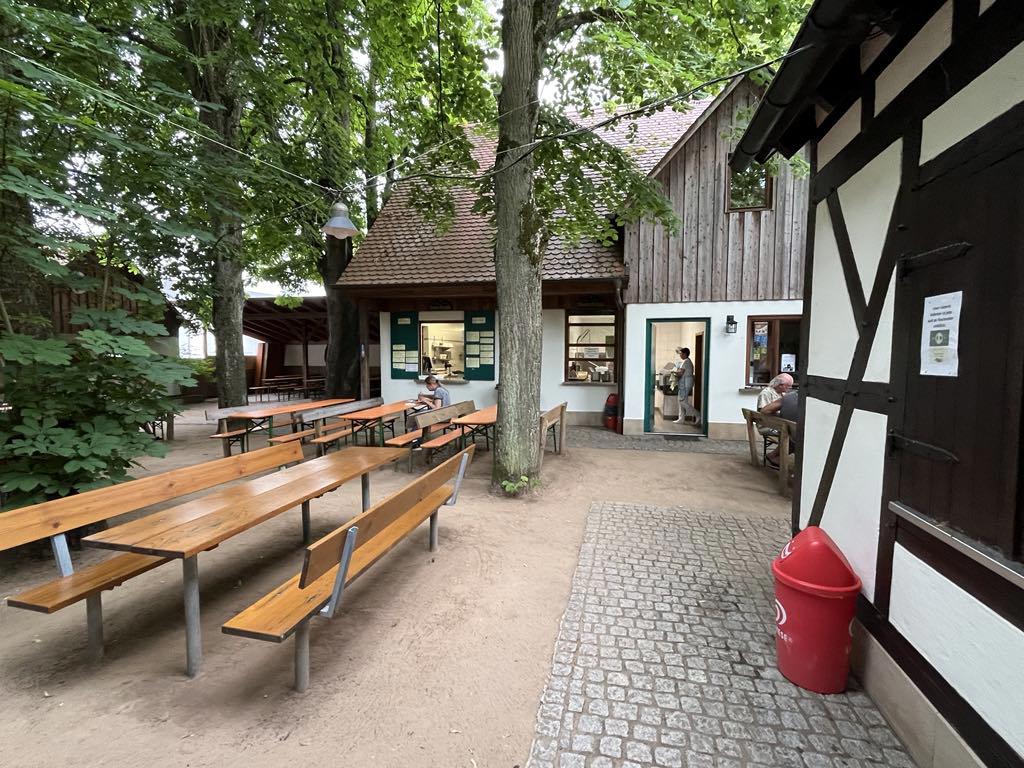
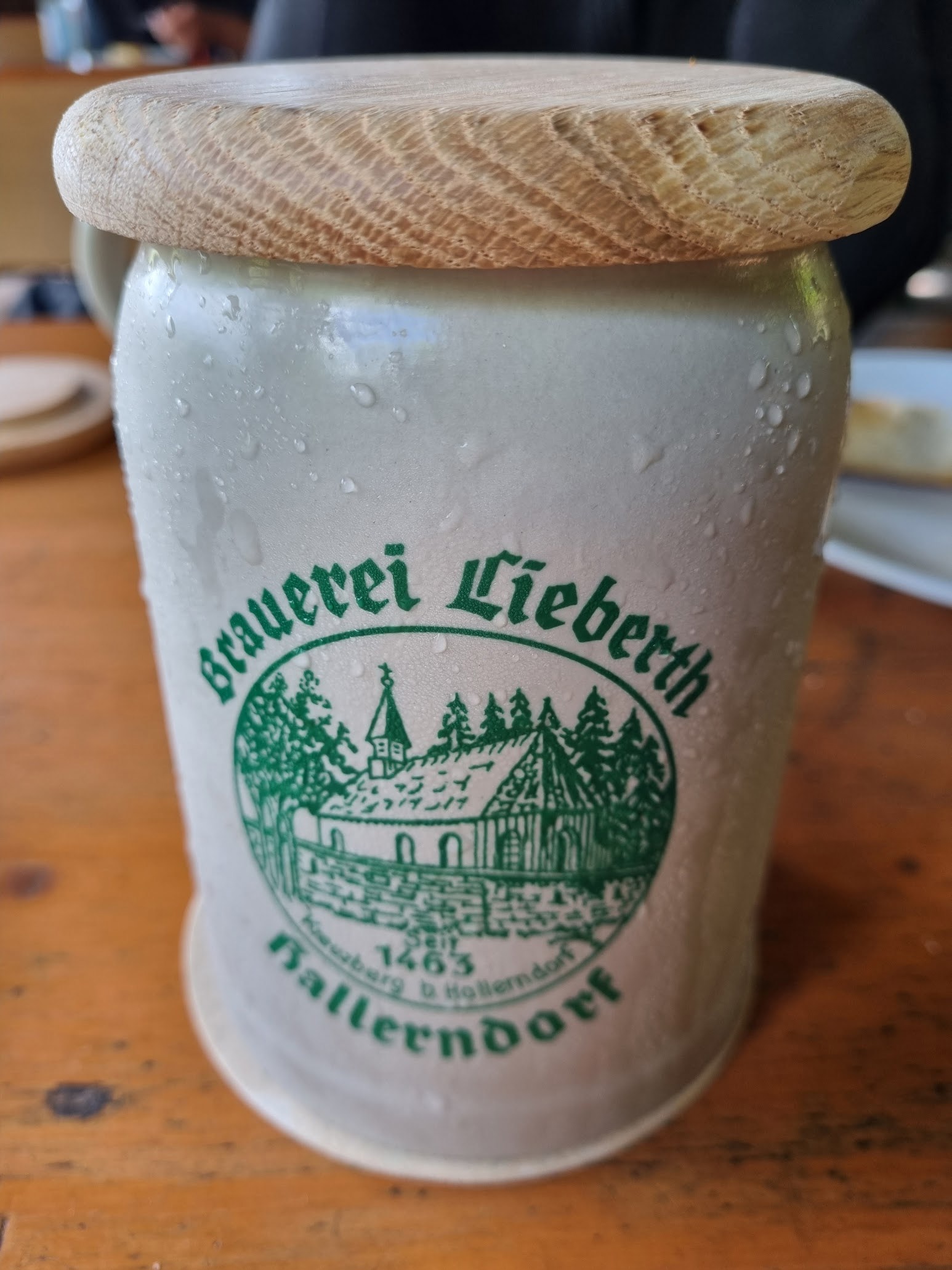
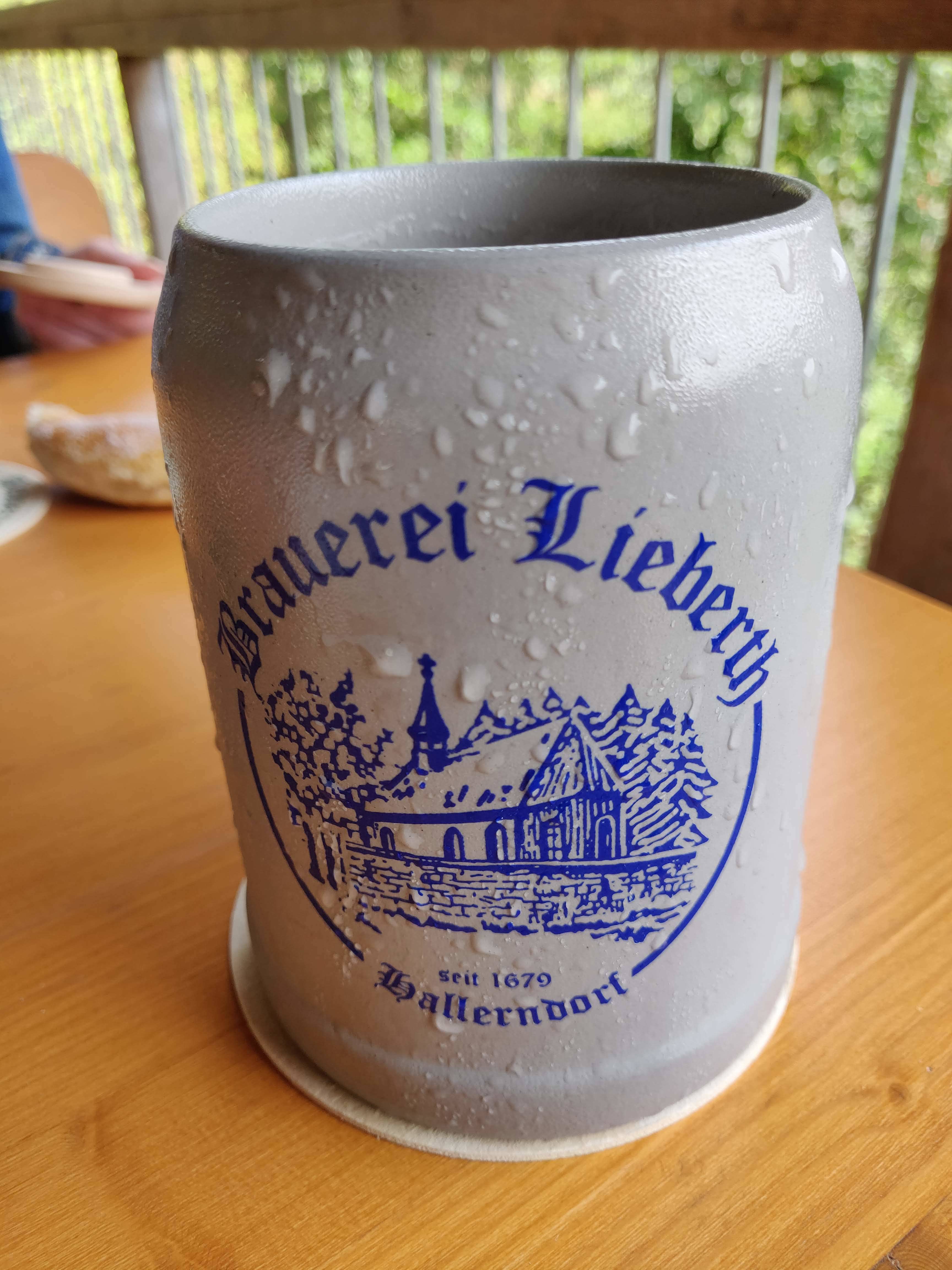
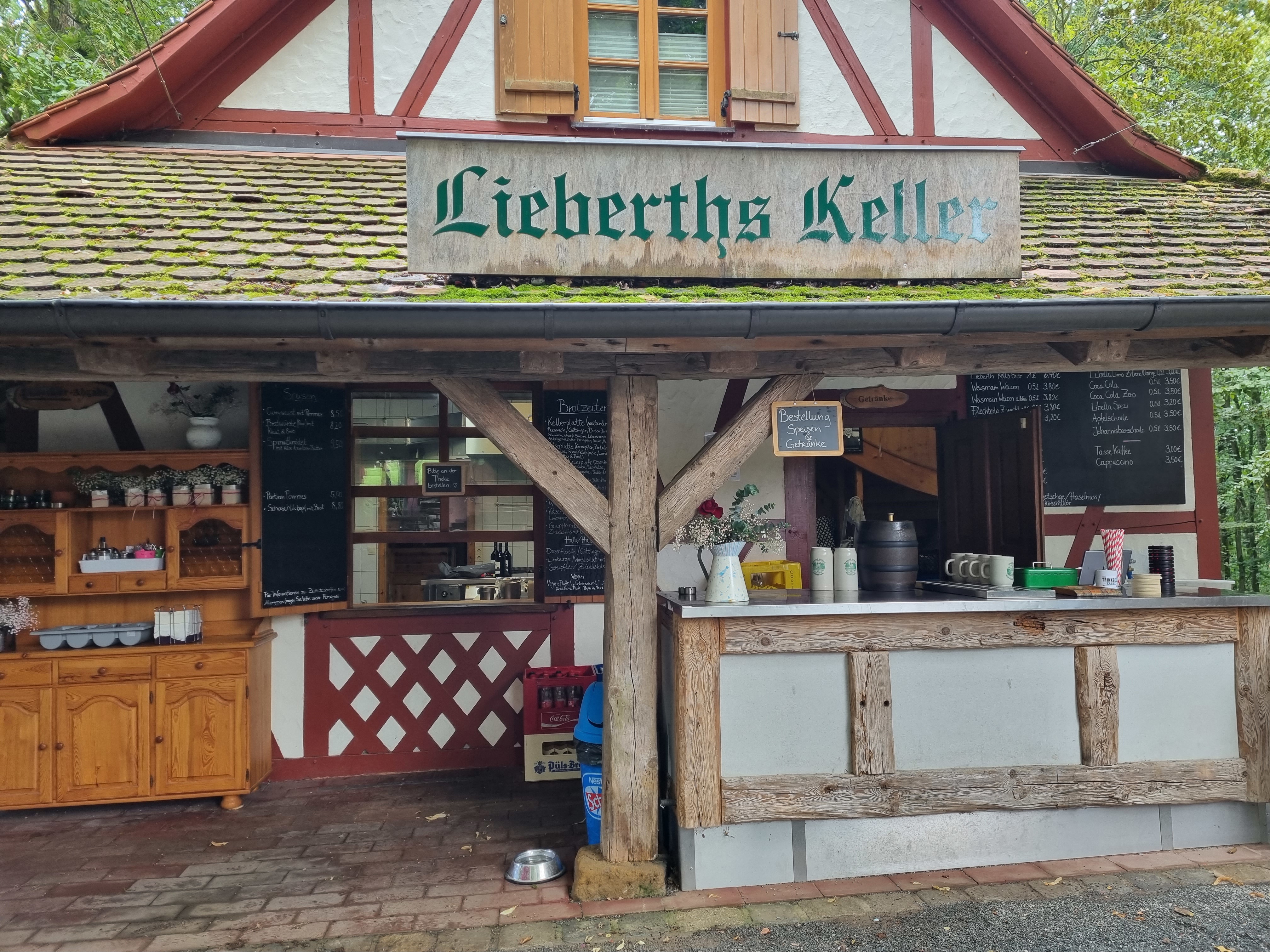
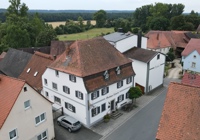
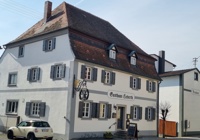
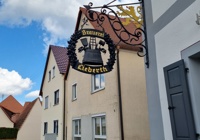
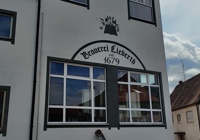
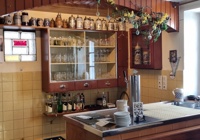
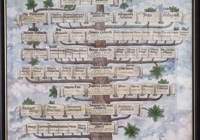
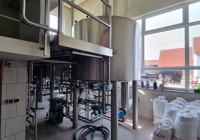
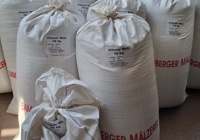
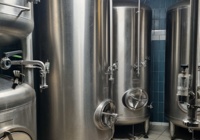
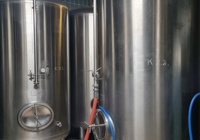
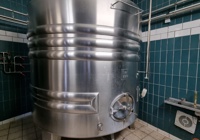
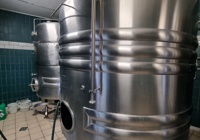
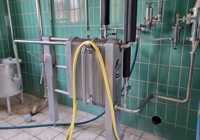
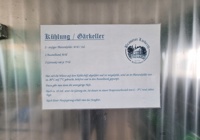
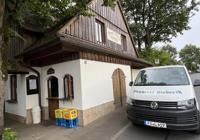
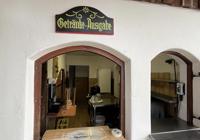

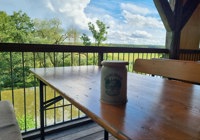
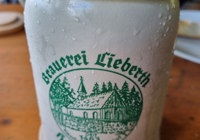
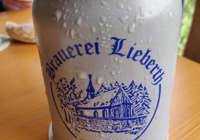
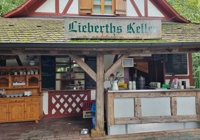
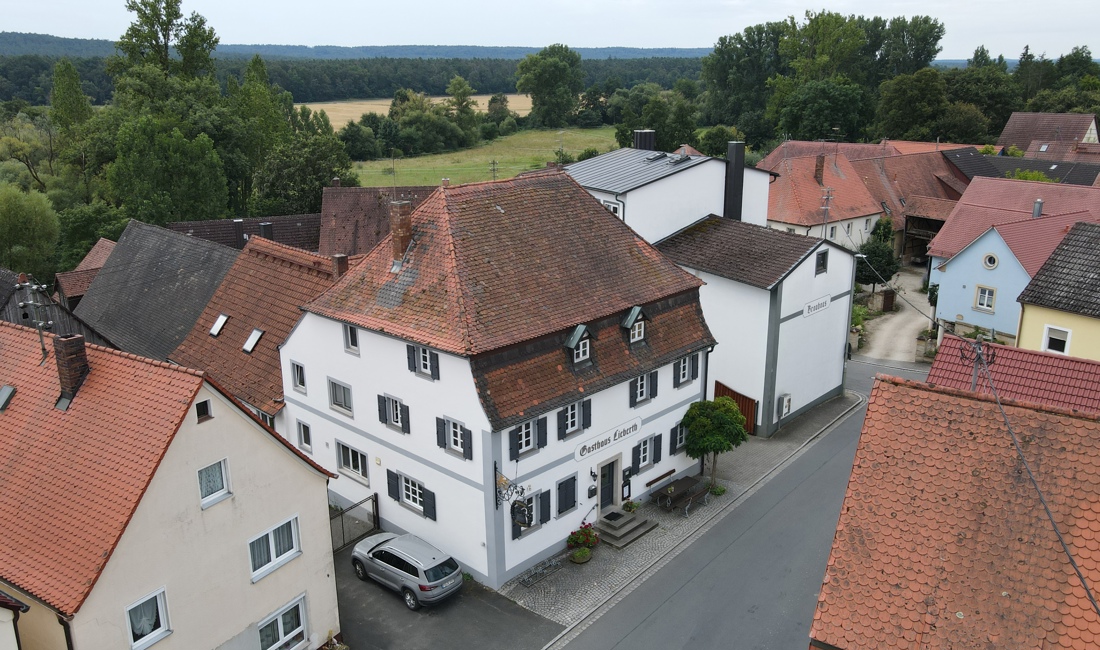
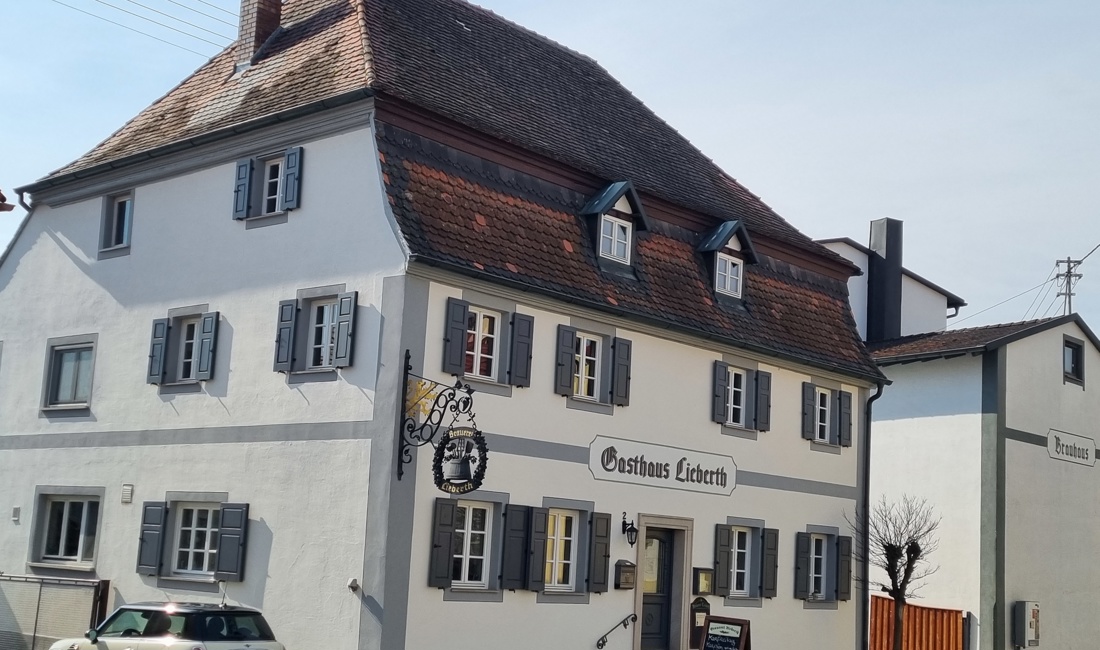
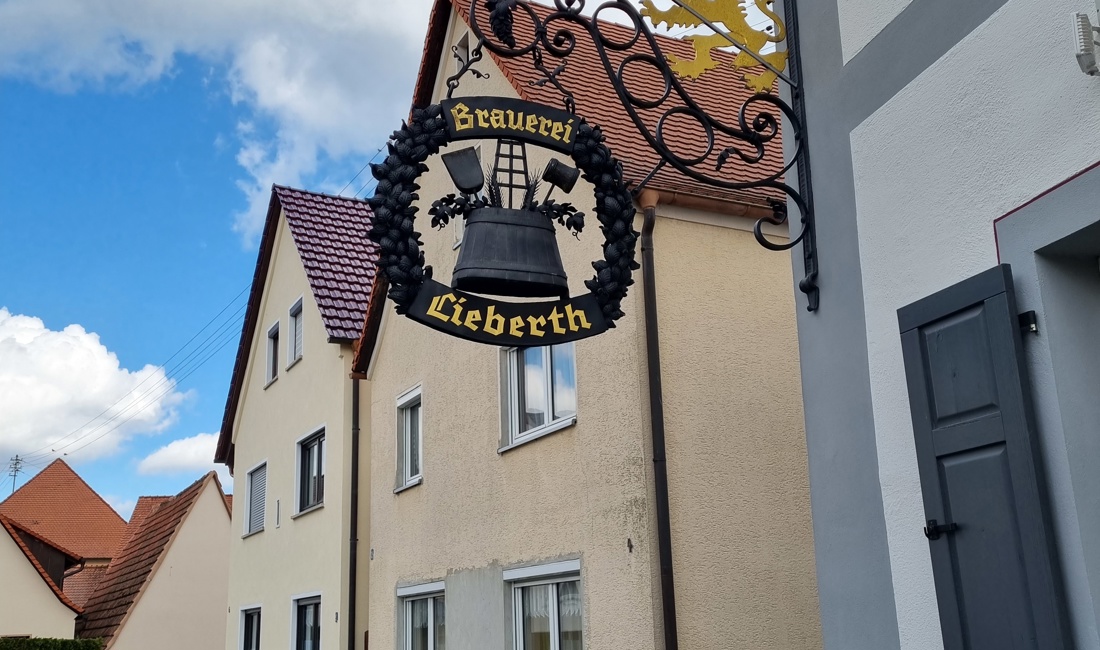
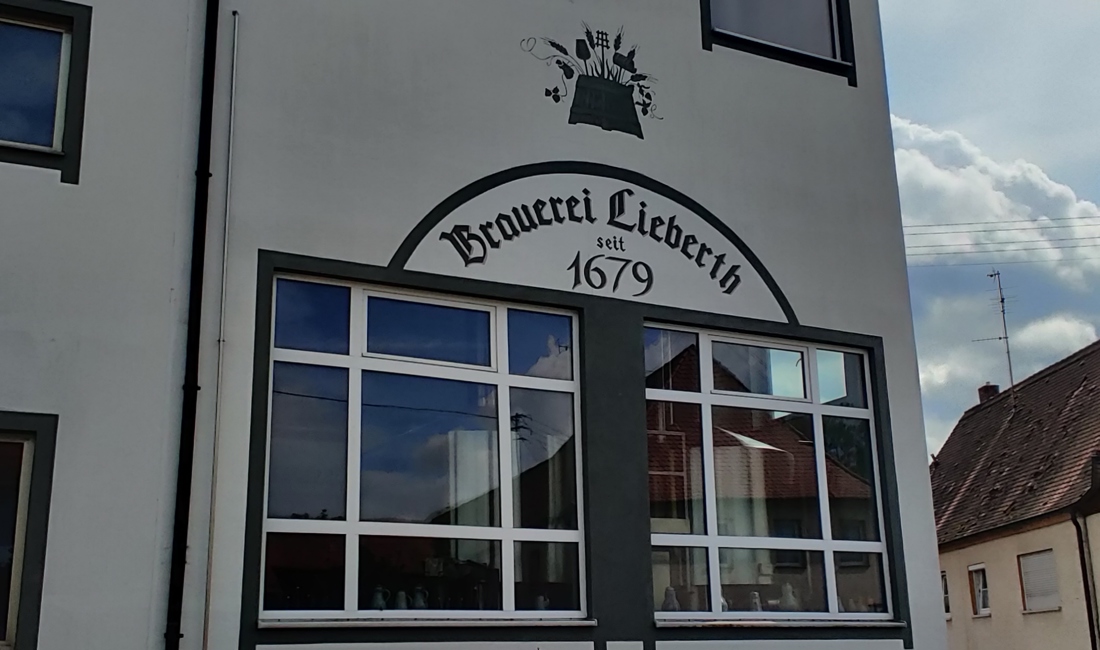
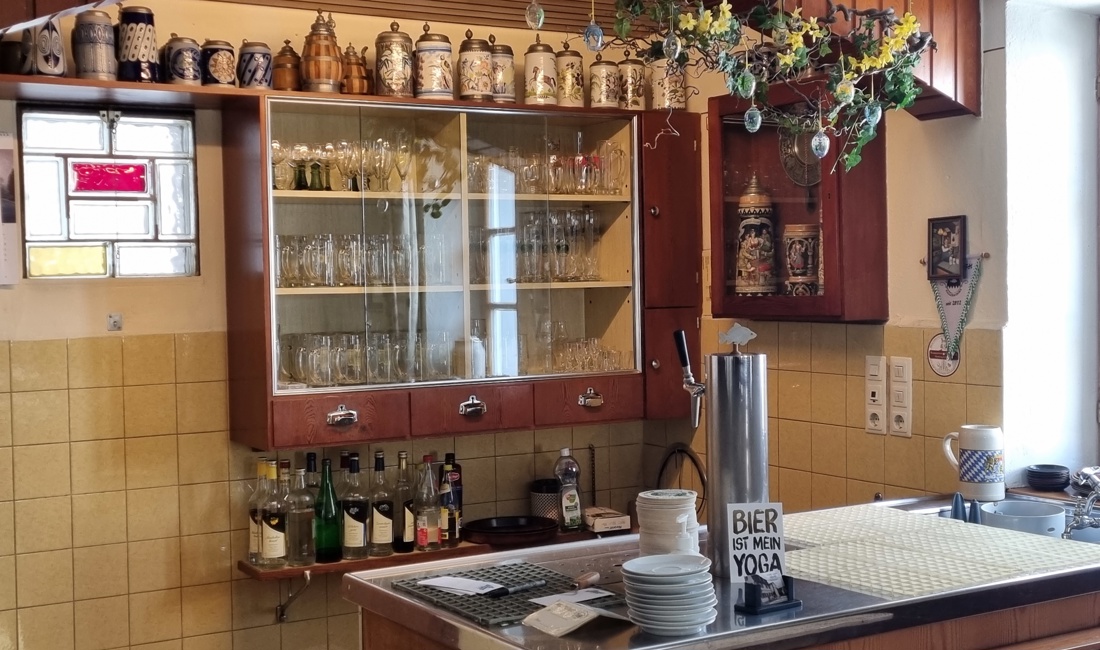
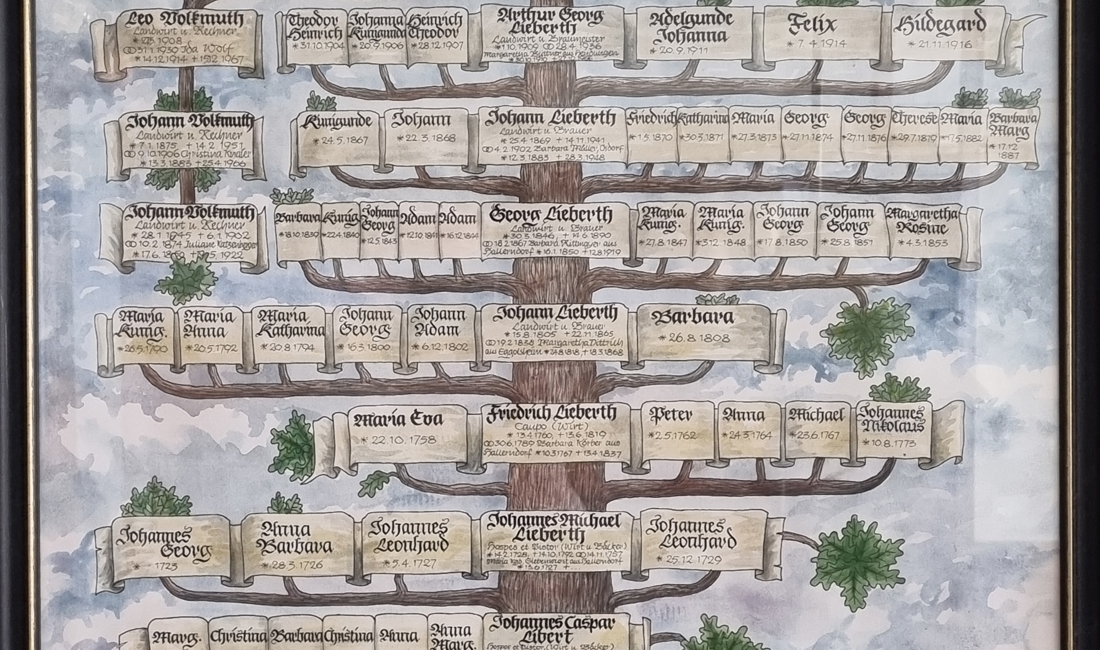
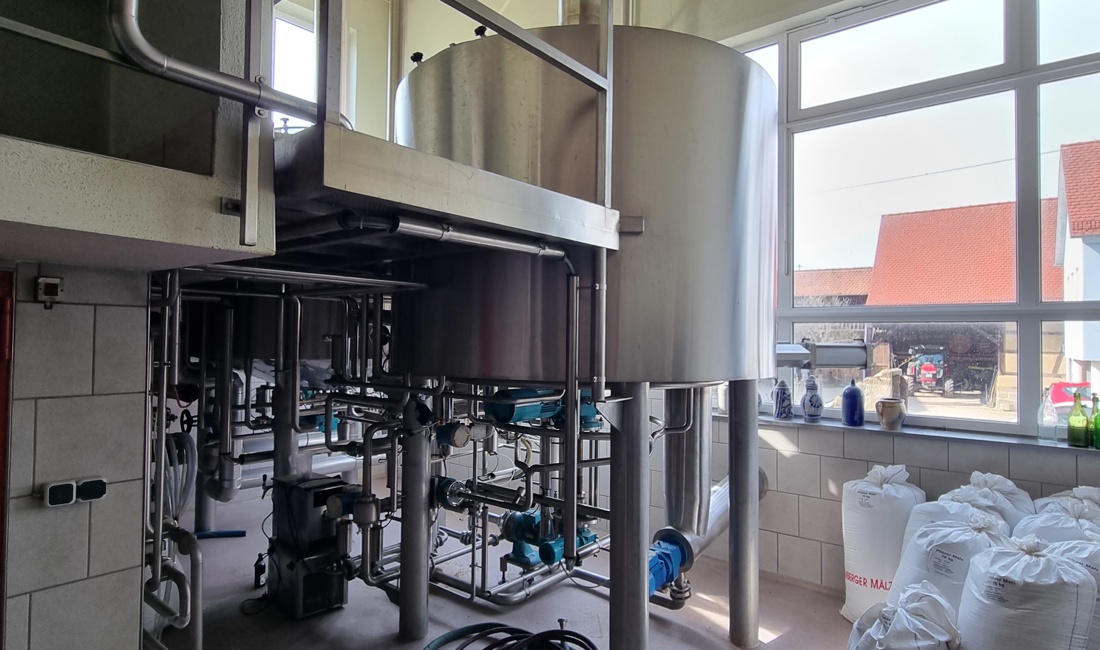
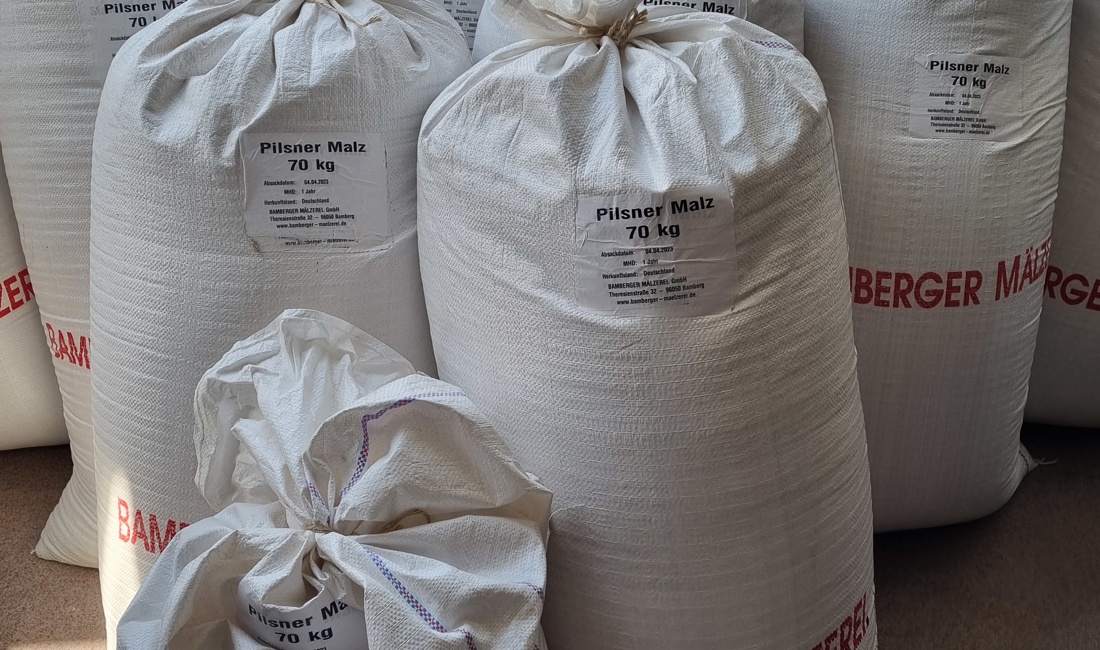
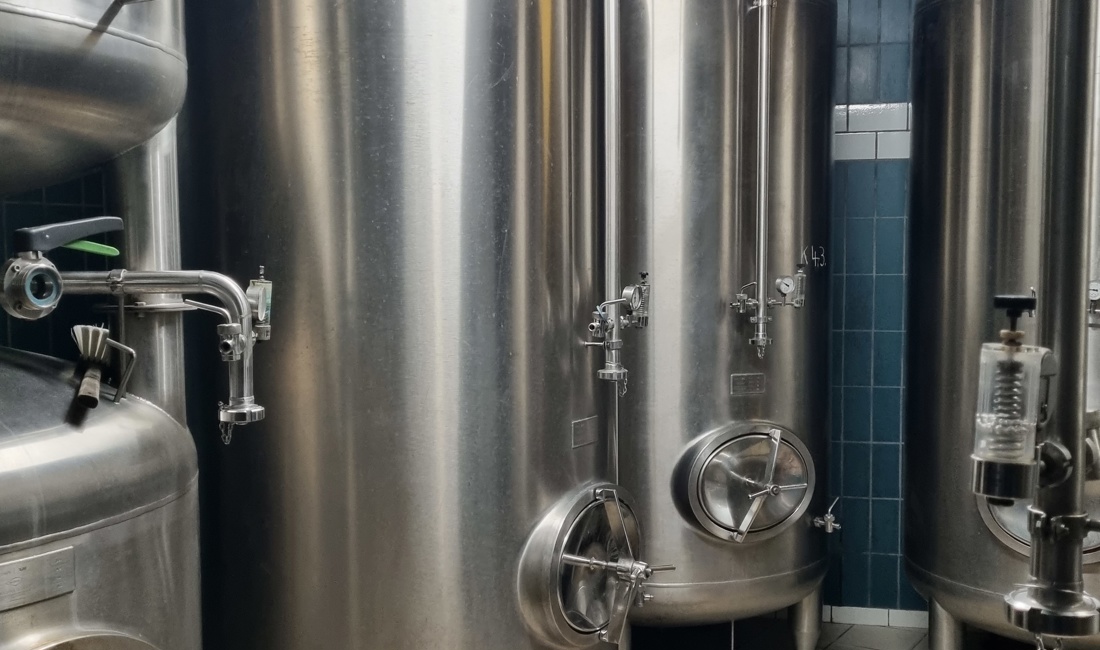
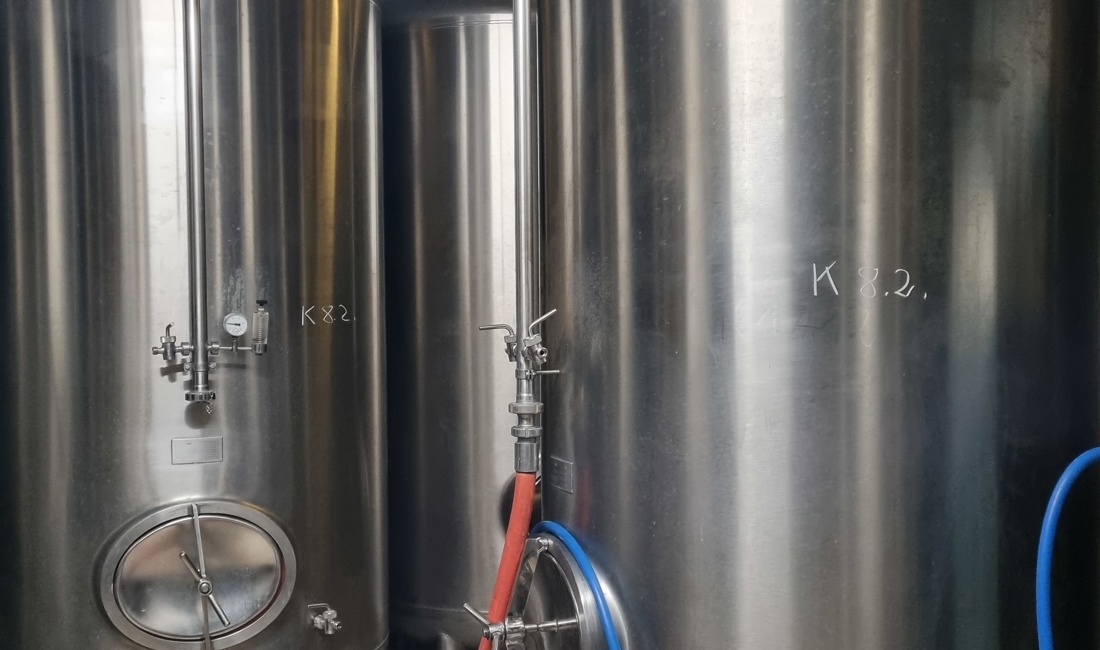
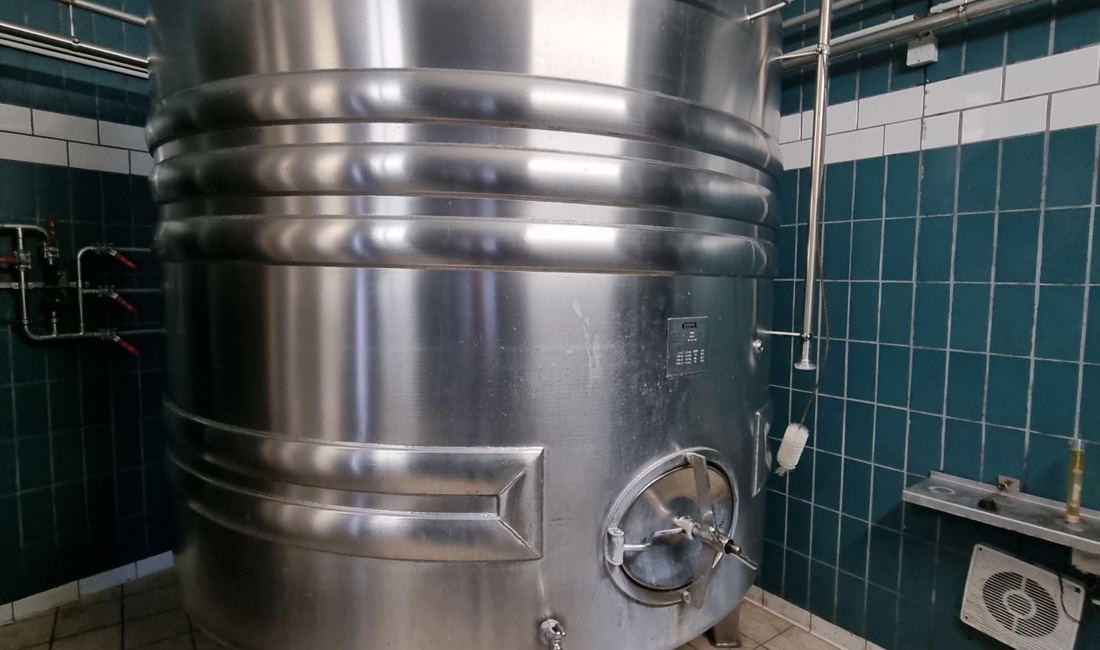
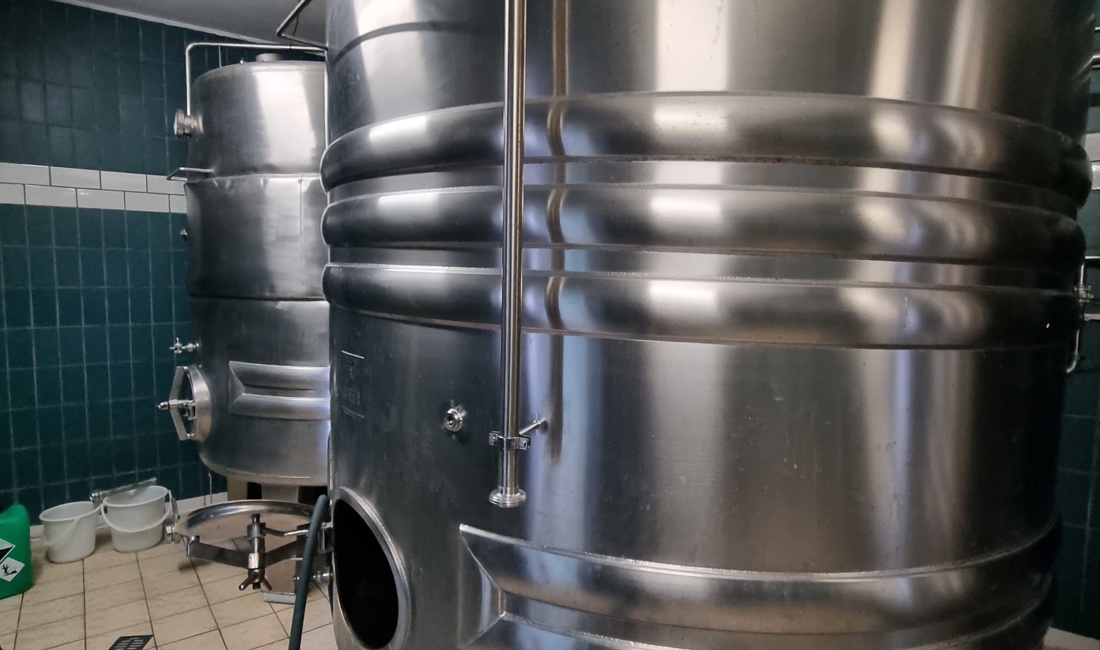
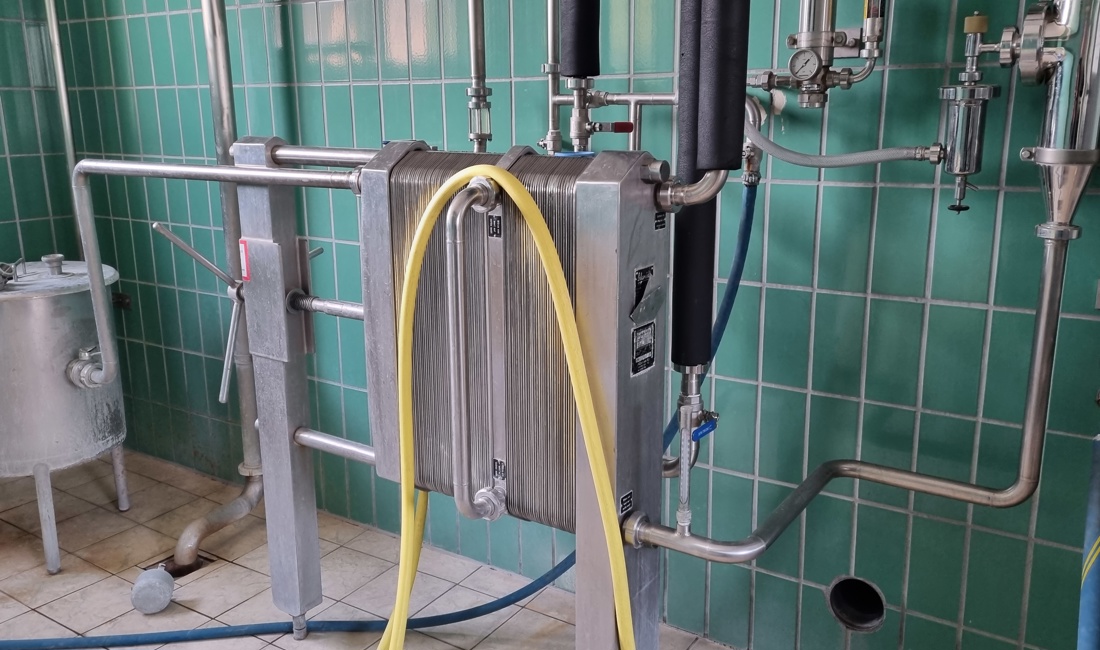
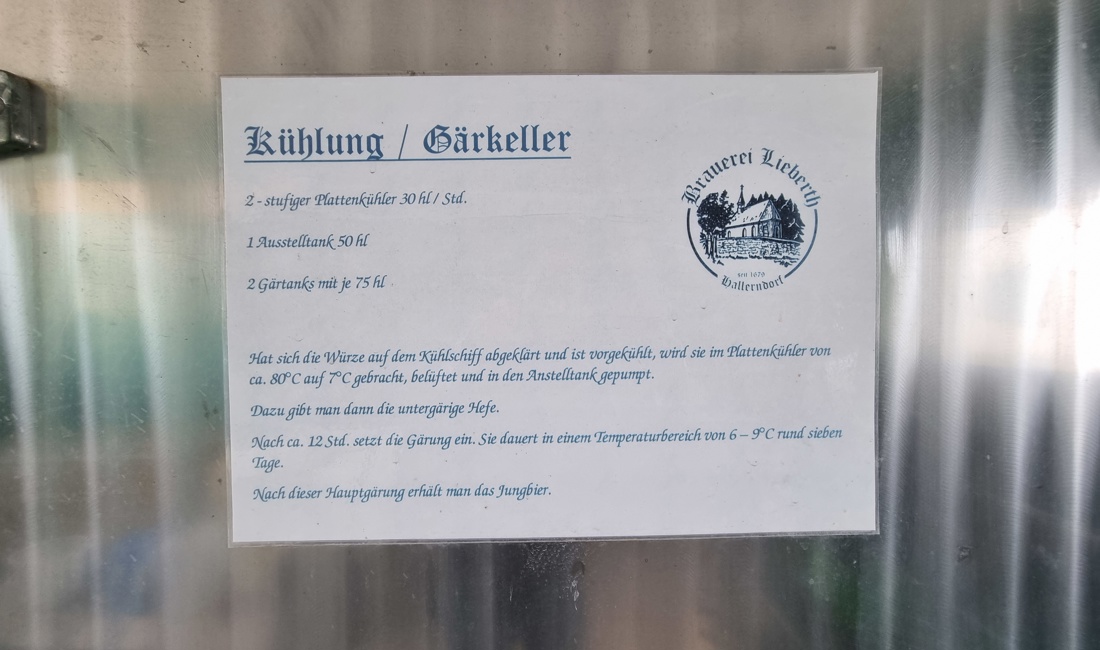
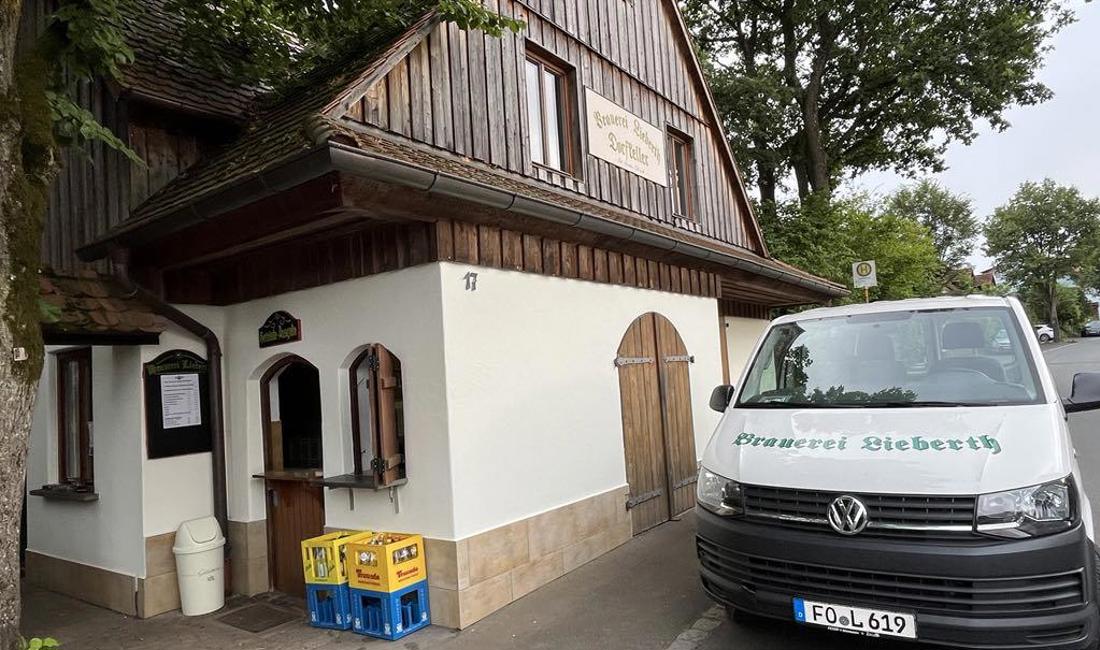
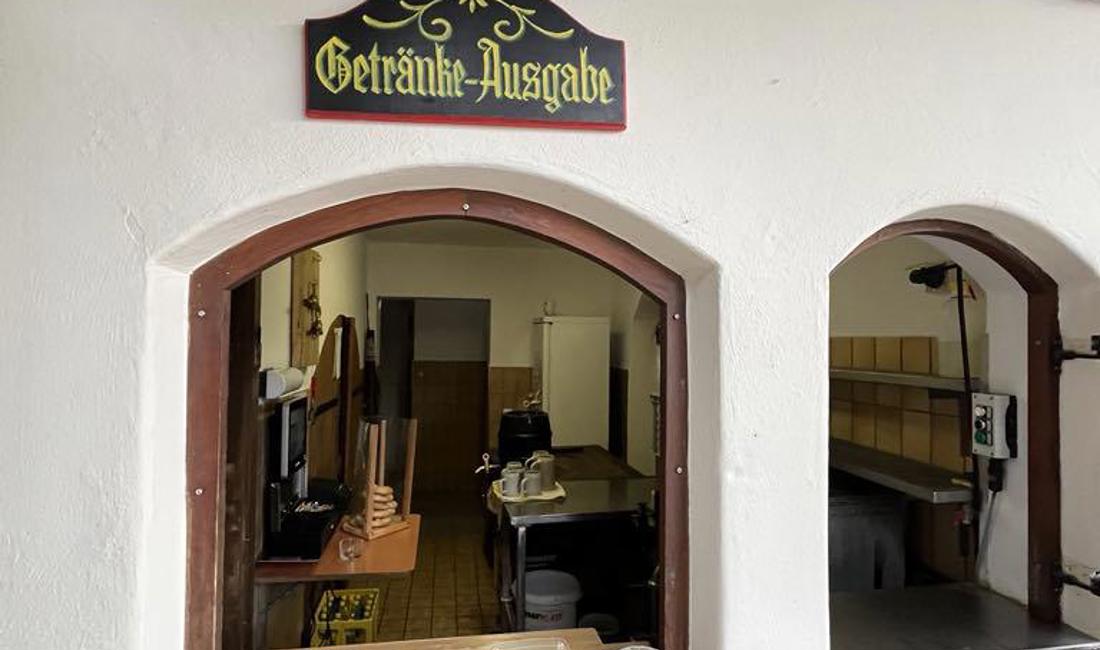
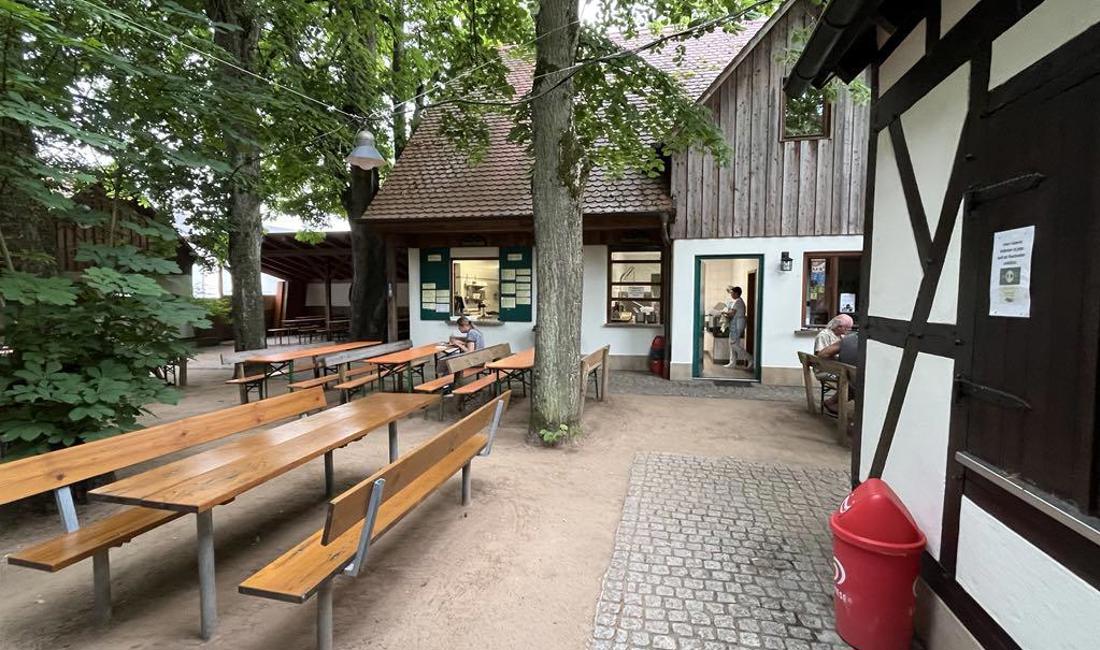
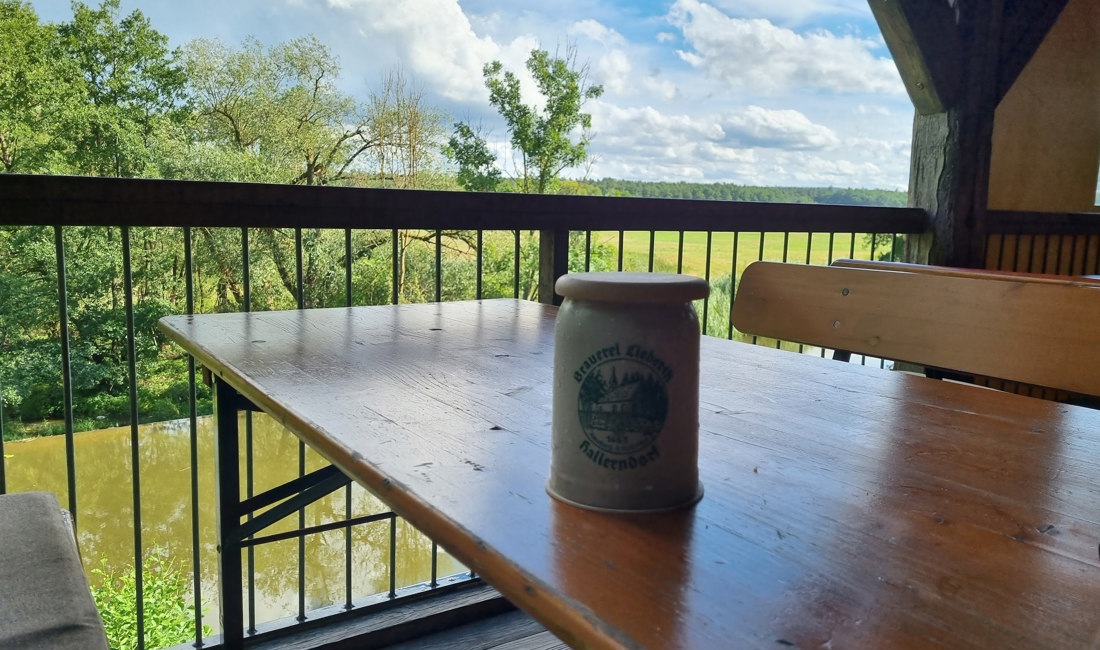
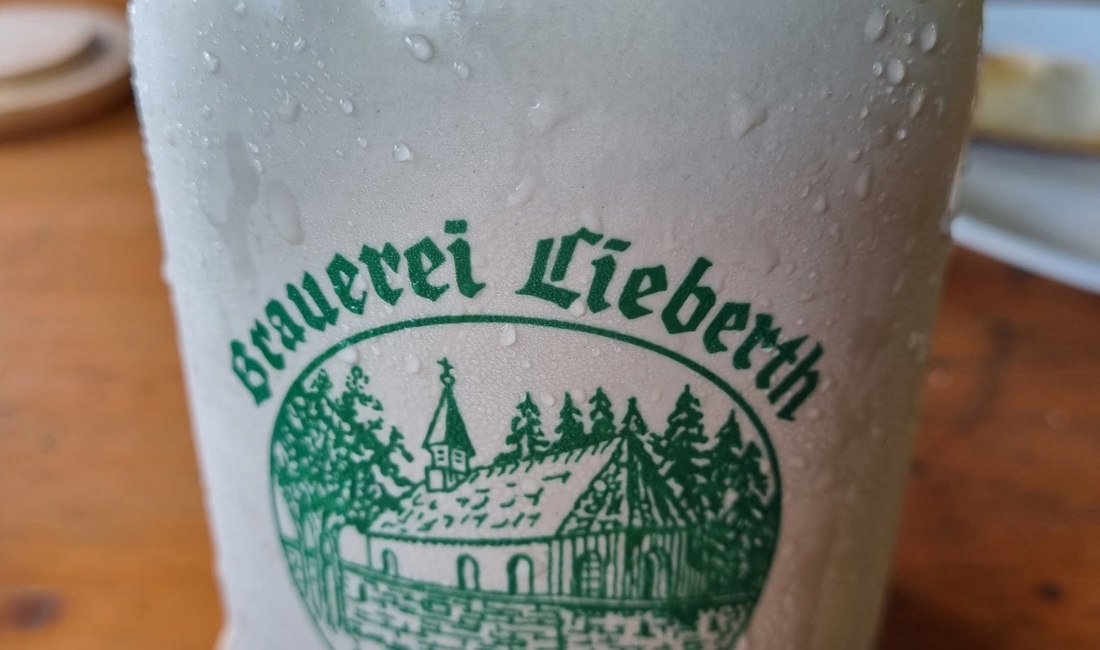
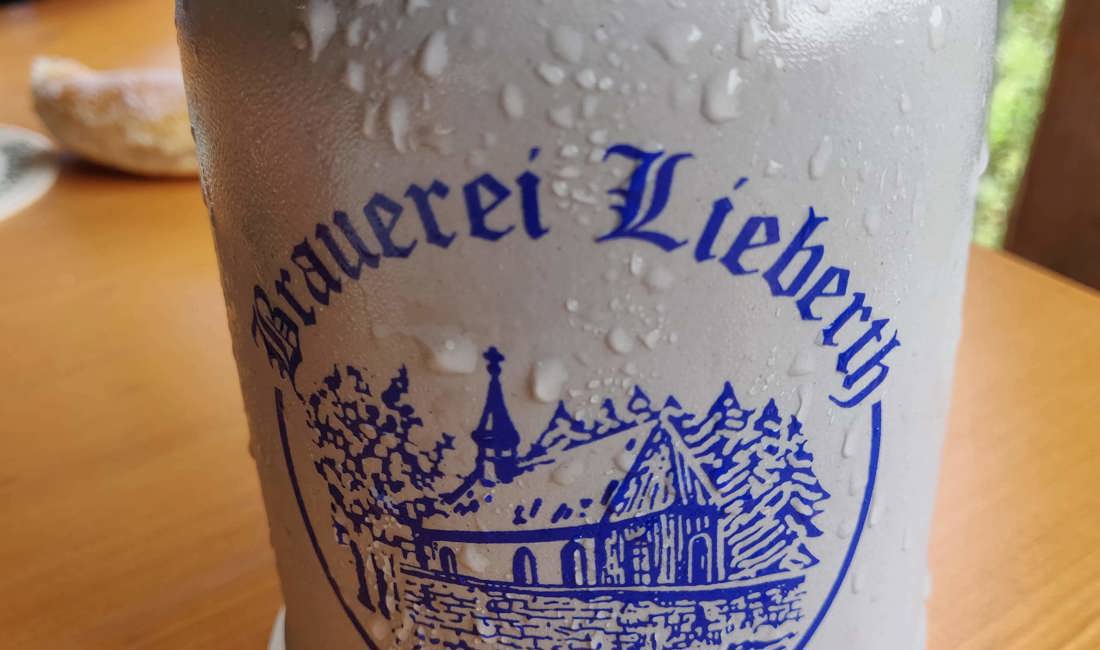

Fascinating article! Since I found out that water hardness at Mönchsambach can reach as high as 28º, and since you note that it gets up to 16º in Hallerndorf, I'm really interested in finding out how many other breweries brew with hard water. It would go some distance in accounting for the relatively assertive bitterness that characterizes some Franconian beers. Also interesting to read about yeast from Waismainer Puls-Bräu. They seem to supply a lot of breweries in the region. (Some of the communal brewers in the Oberpfalz get their yeast from there as well.) One quick question apropos of the following: "During summer, tap water temperatures range from 15°C to 18°C, while in winter, they drop to 7°C to 8°C. Consequently, chilling takes much longer in the summer, resulting in increased bitterness." I know that longer chilling time can result in difficulties with cold break, and can sometimes lead to spoilage, but I'm wondering how it results in increased bitterness? Does that have anything to do with the less robust cold break?
The expectation of higher bitterness was a statement from Christian. Based on the expectation that the isomerization of alpha acids in the wort continues at high temperatures in the coolship.